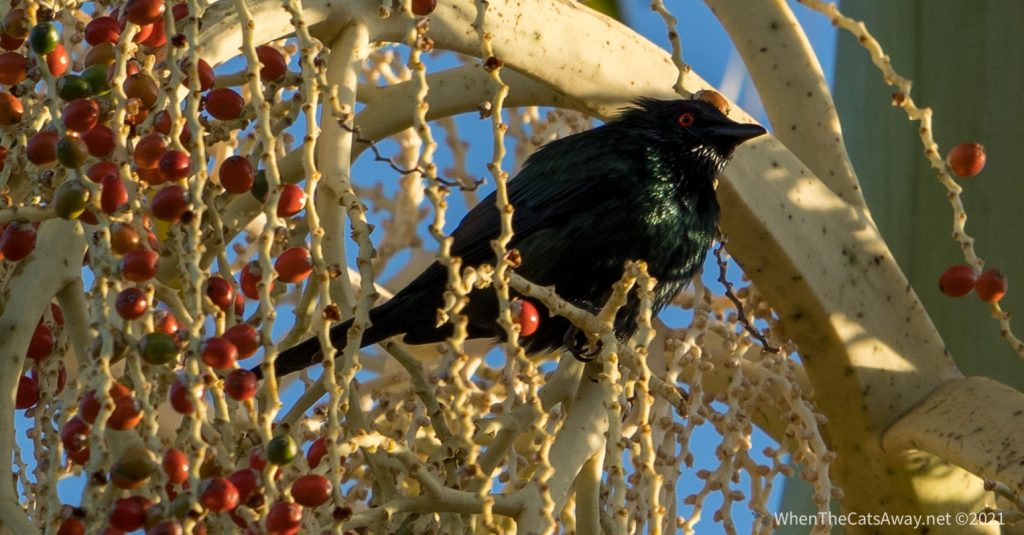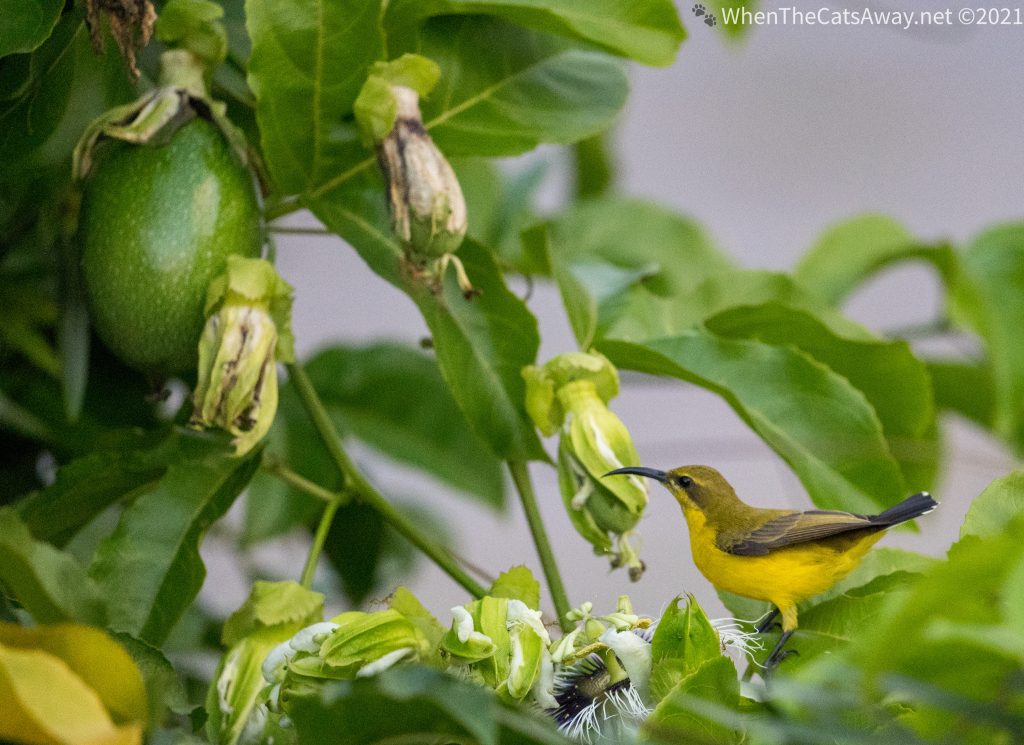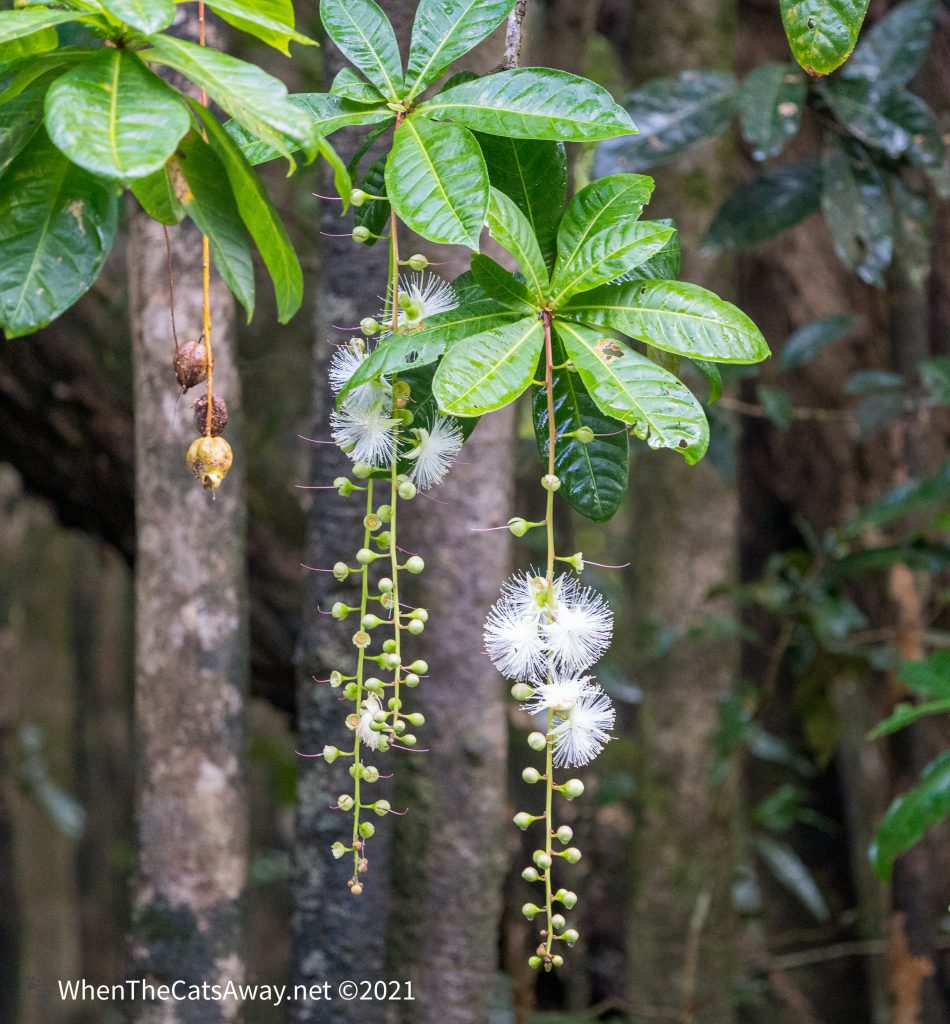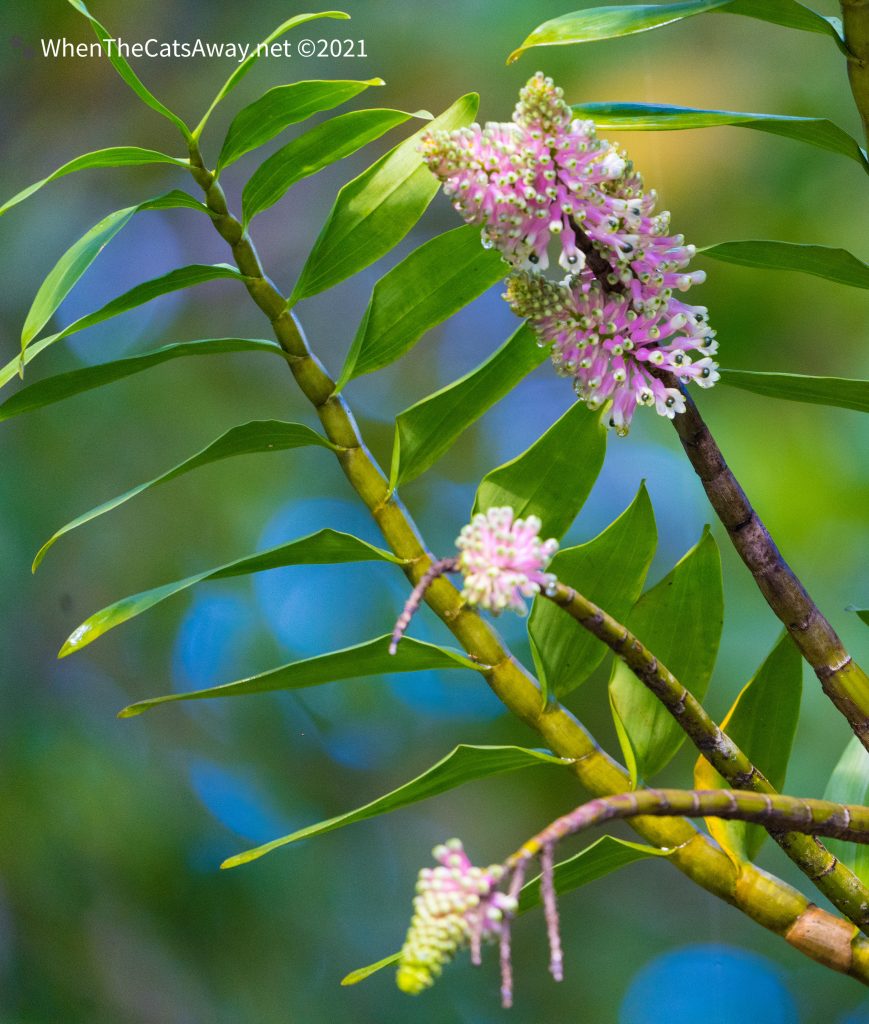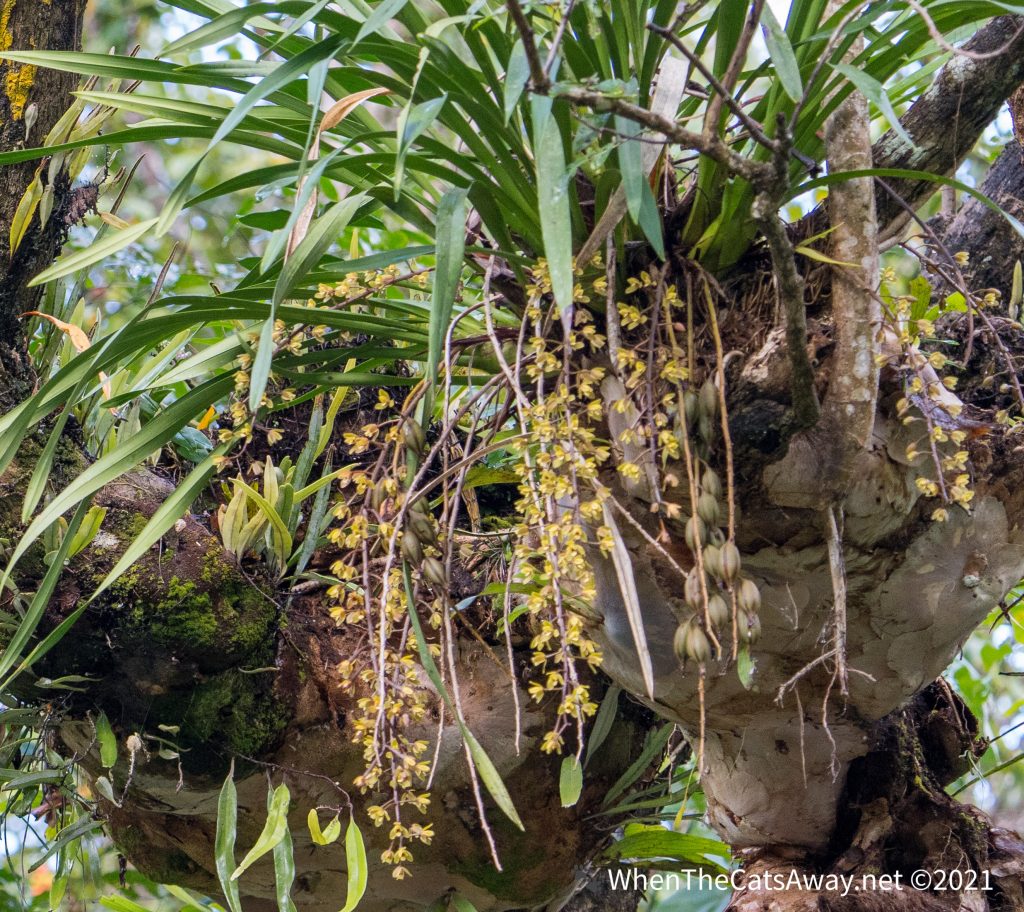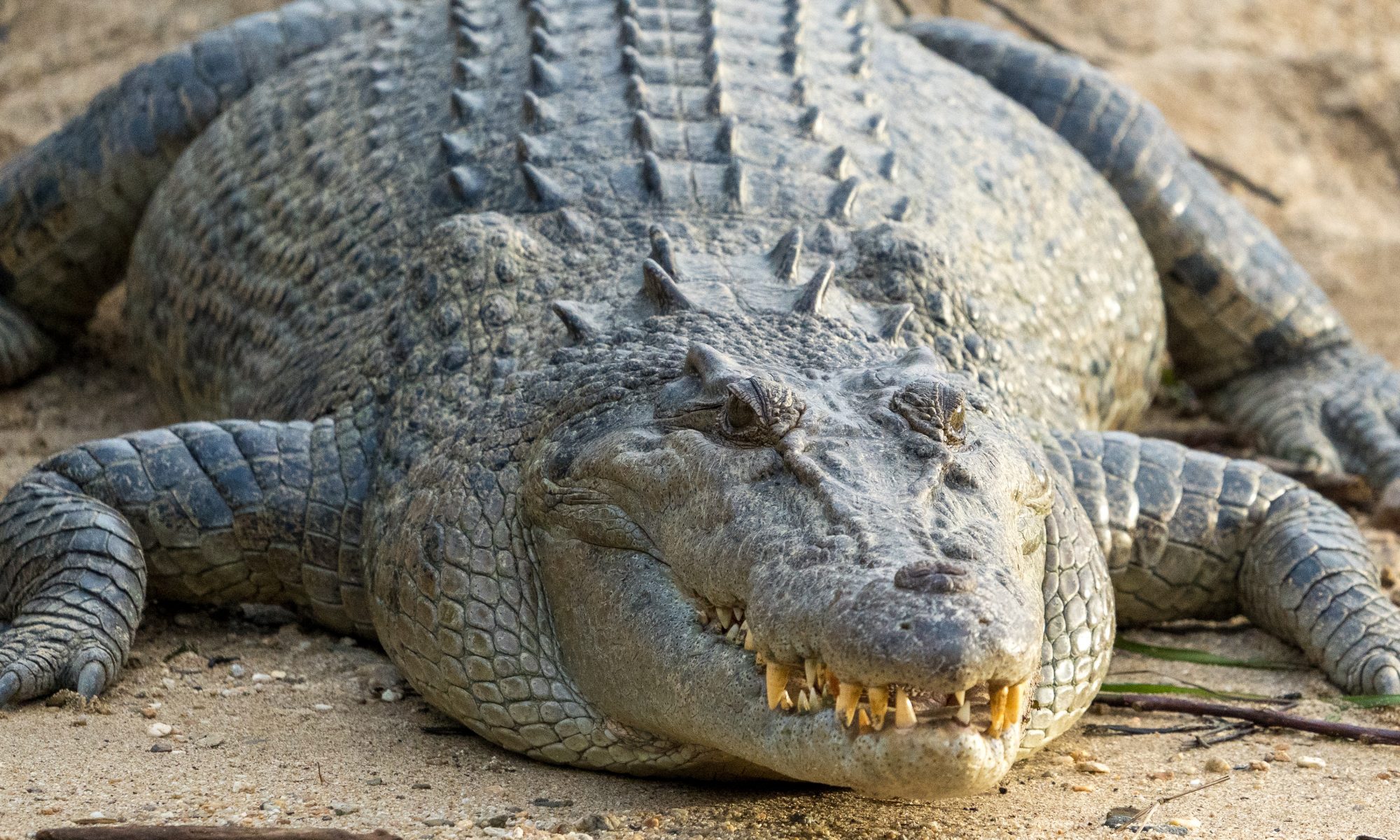Author: Mr A
Location: Daintree Village, Far North Queensland, Australia
I’m going to suggest something different for this blog, especially if you’re locked down somewhere, and armchair travel is all you have available right now. It will be a more immersive sensory experience if you listen to the sounds of the Daintree rainforest while you read this (just need a Spotify account).
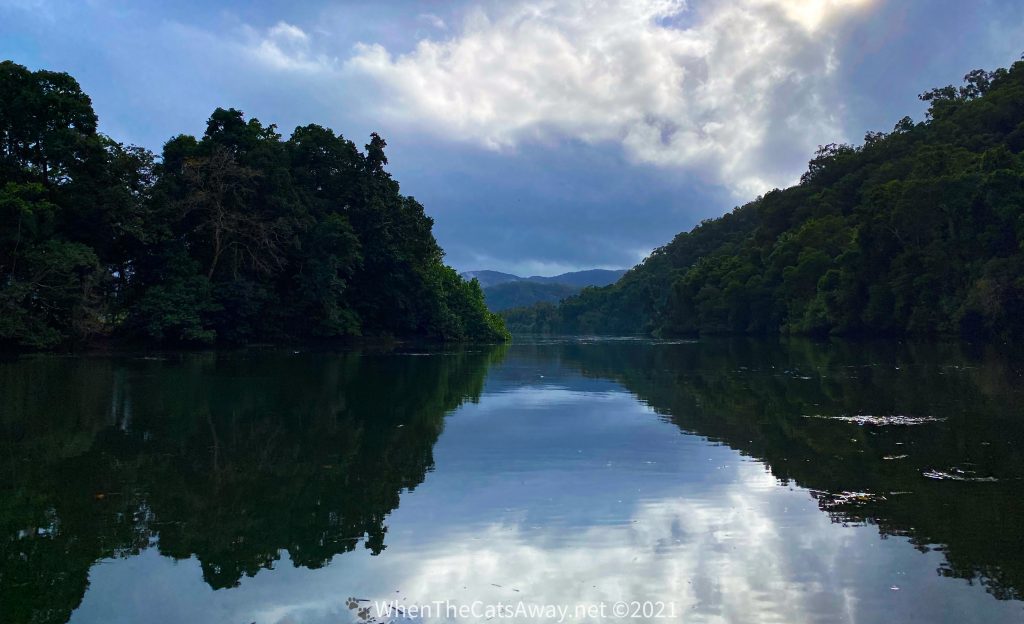
And yes, it really does sound like this, and we feel like we are in a David Attenborough documentary. He called it “a rainforest quite unlike any other in the world”. From a total of 19 primitive flowering plants found in the world, 12 of them you can find here, the highest concentration of these plants worldwide. It also rains a lot here. We are in the “dry season” and it has rained for part of every day. In the wet, it can get up to 9 metres a year! In terms of size, this forest is just over 12,000 square kilometres – so that’s a bit bigger than a smallish country like Jamaica or the Lebanon. It has been a world heritage listed site for over 30 years, and home to the Kuku Yalanji people for thousands. We acknowledge their custodianship of this special place, and regret the decimation caused to them and their culture by the British and European settlement of their Country.
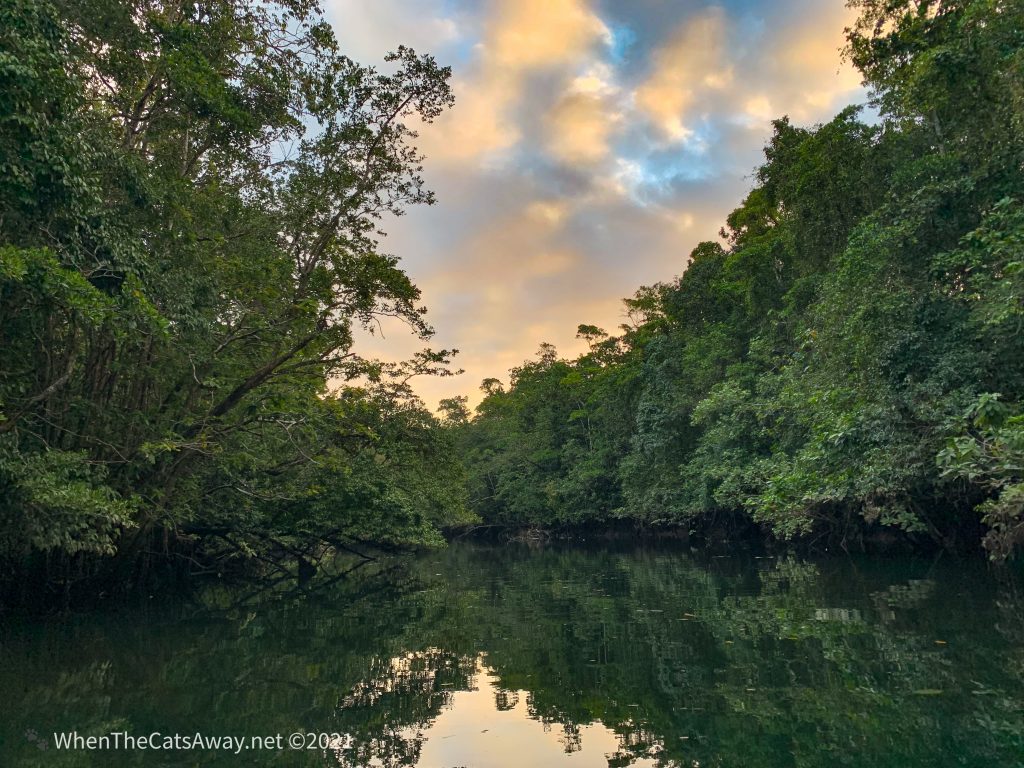
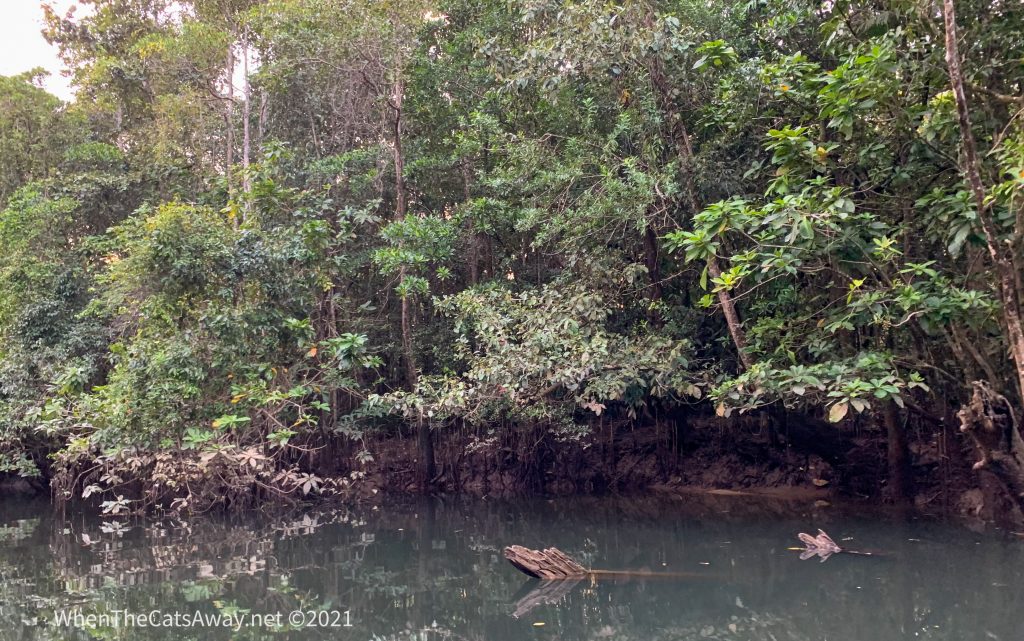
This is one of the oldest surviving rainforests in the world (or the oldest depending which source you read!) – with around 50-100 million years of uninterrupted evolution to create the incredible biodiversity we are seeing here. The species score (according to that World Heritage listing) is over 3,000 for plants, 107 different mammals, 368 birds species, 113 different reptiles and 51 amphibians! In each of those categories a significant proportion are only found here. Human impact on the area has been refreshingly small. Massive vistas of steep, thickly forested ranges show almost no sign of habitation. However, human induced climate change is predicated to change it forever. Come when you can. If you have grand children, it will be different here for them in the future.
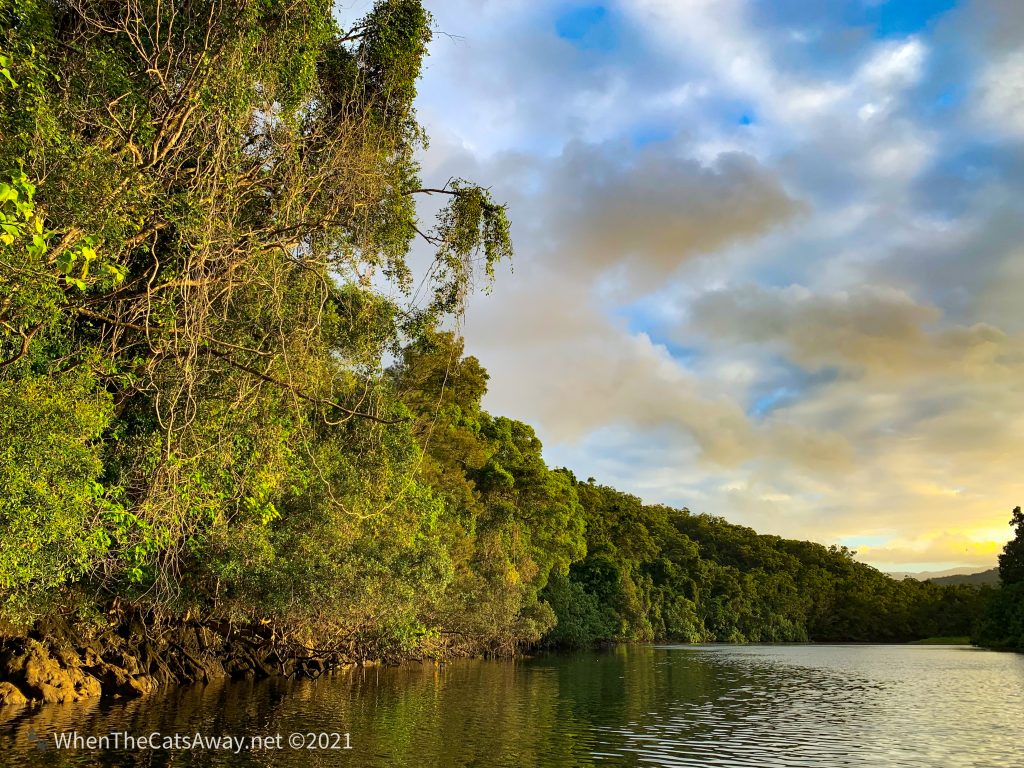
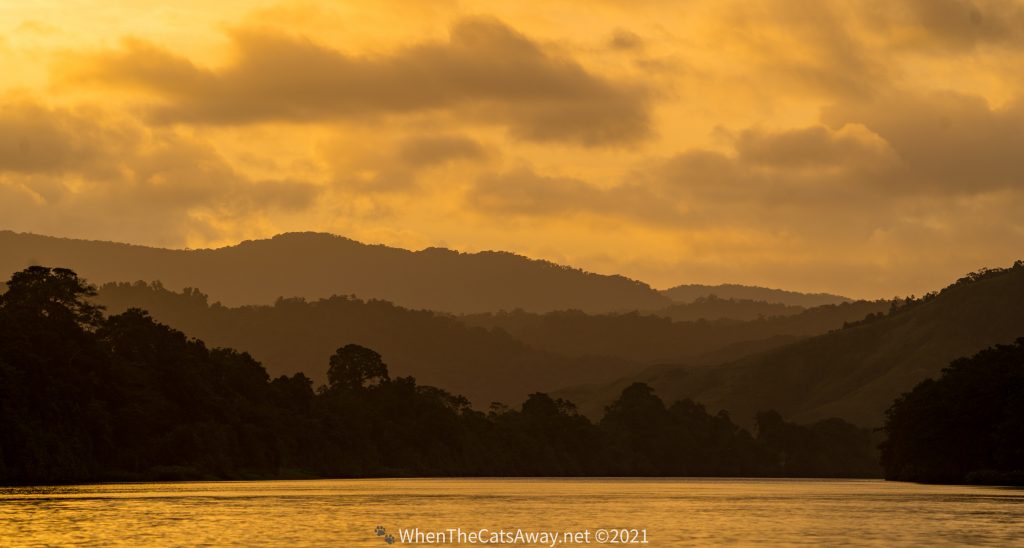
We feel privileged to be able to experience this area for a second time. We came here three years ago, and remembered doing a great tour down the Daintree River with a brilliant guide. Who other should be standing on his boat when we fist arrived and went down to the wharf? None other than that same guy – Alex from Daintree River Wild Watch. We booked for the early tour the next morning.
I was awake even earlier listening to the rain hammering down and wondering about how “dry” is a relative concept in the Wet Tropics, but our tour went ahead and the rain paused (mostly) while we spent a couple of magical hours spotting some of those diverse species. The cameras were out, and eyes peeled, and Alex just has an amazing eye for where to spot these often superbly camouflaged creatures. However, Eagle Eye Catherine was usual on great form and bagged a couple of sightings. Here’s a selection of those photos for your viewing pleasure.
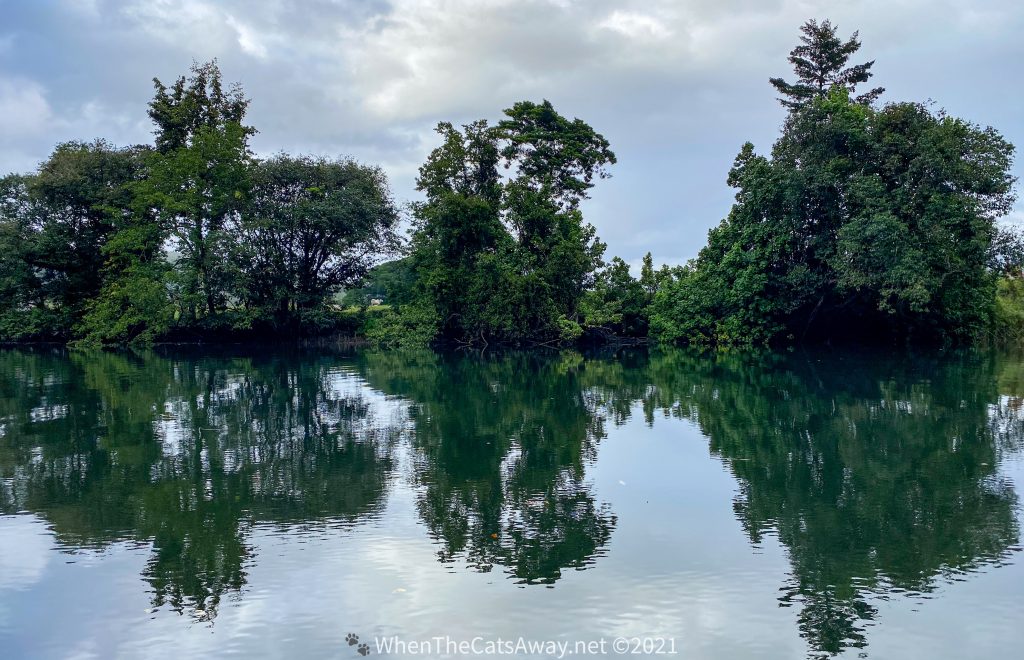
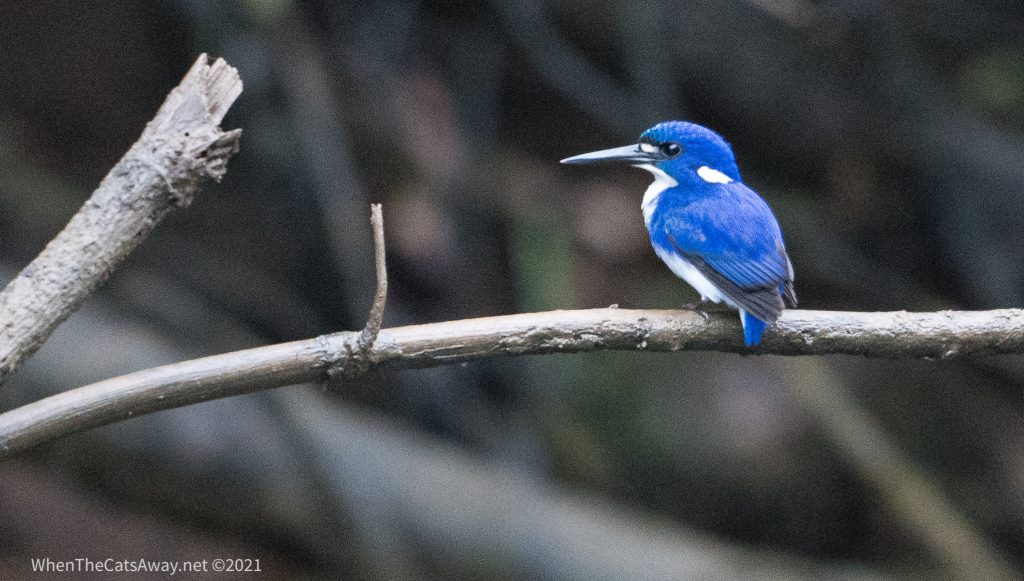
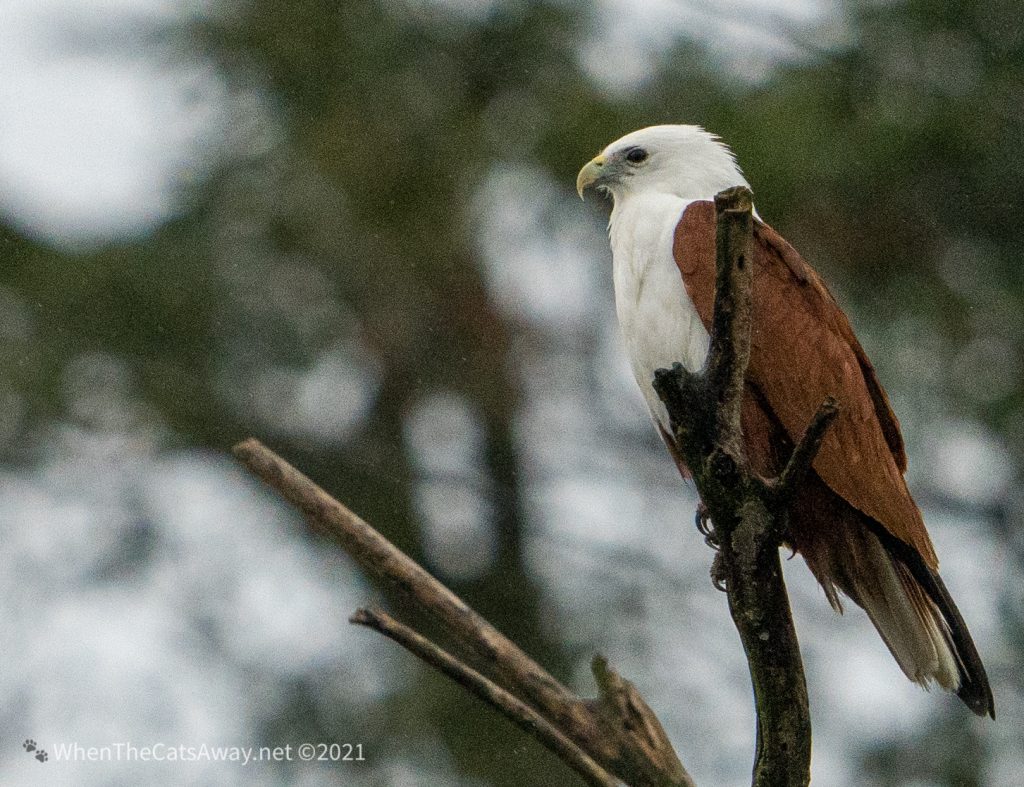
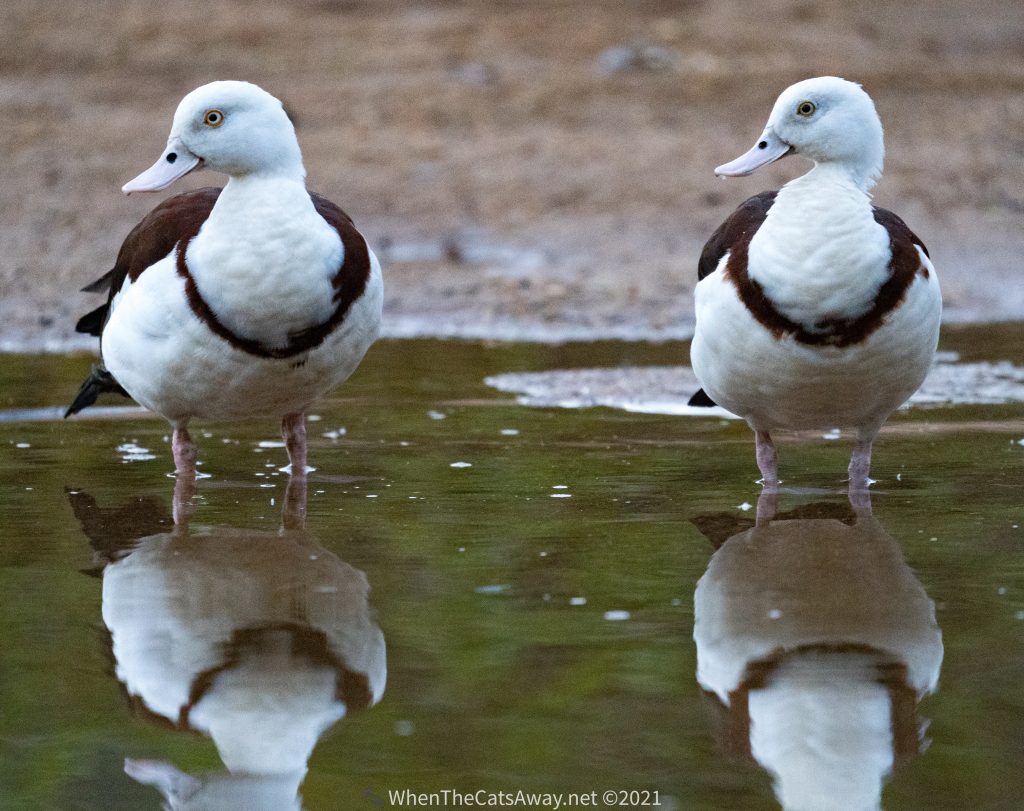
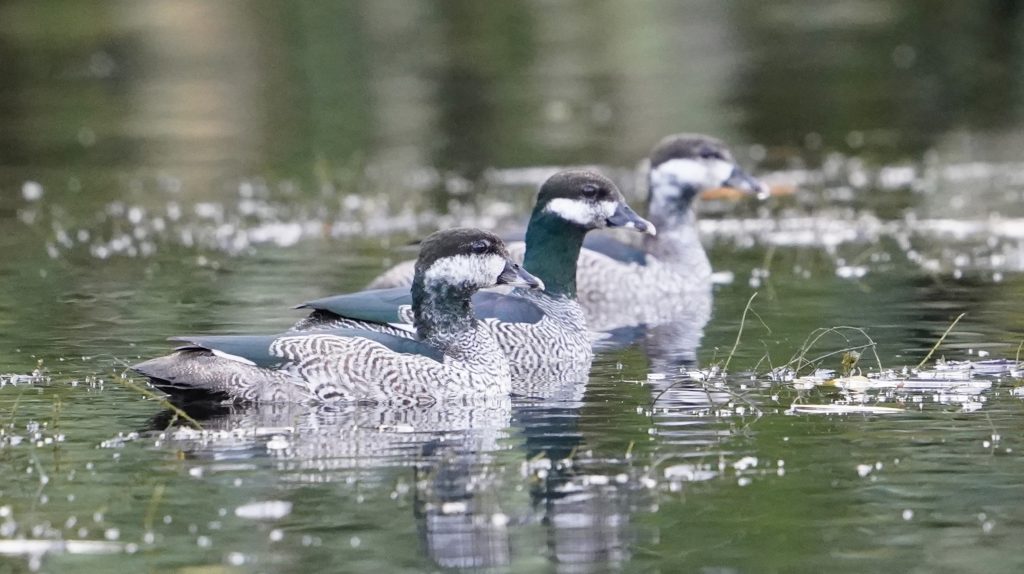
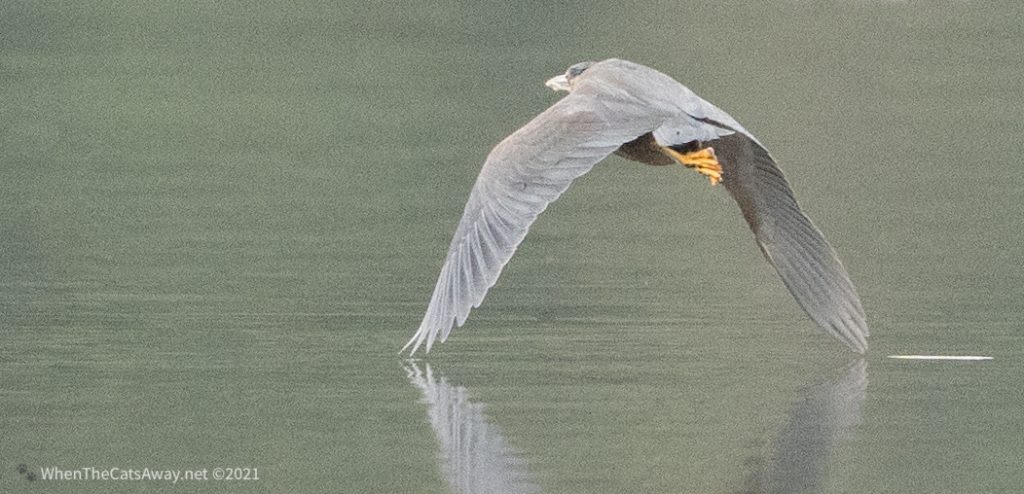
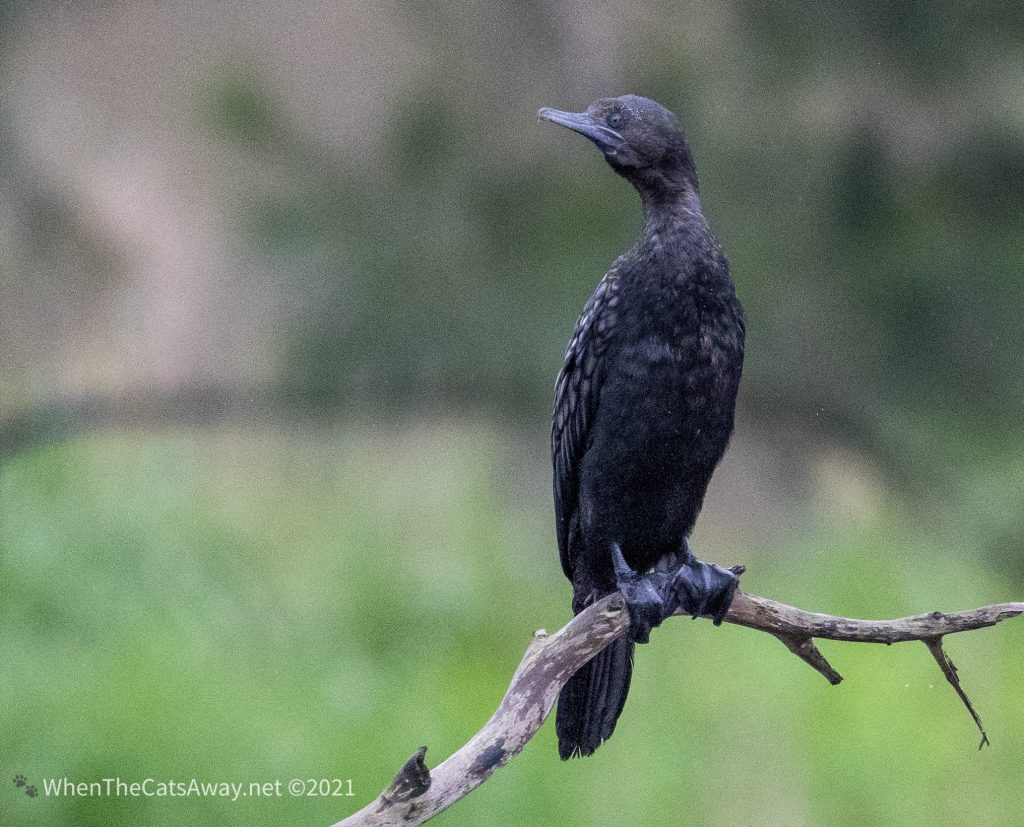
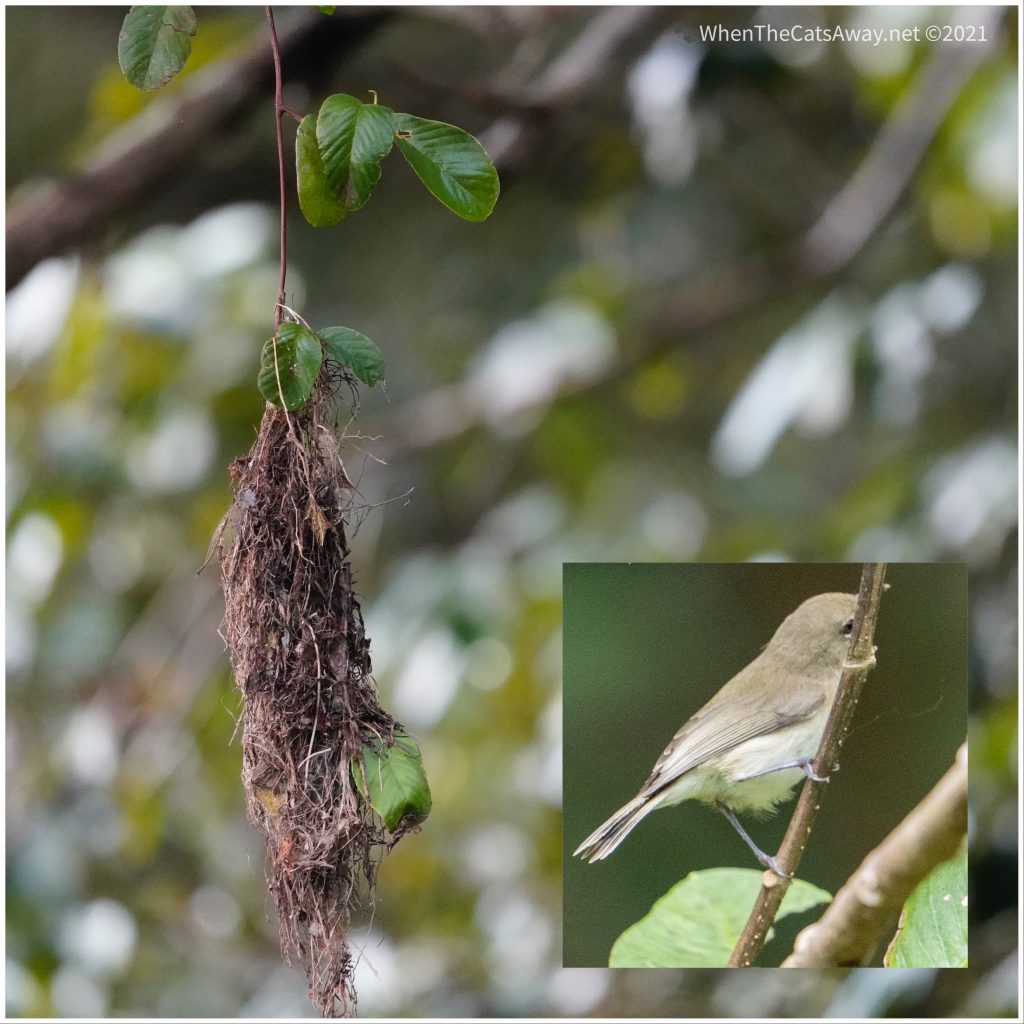
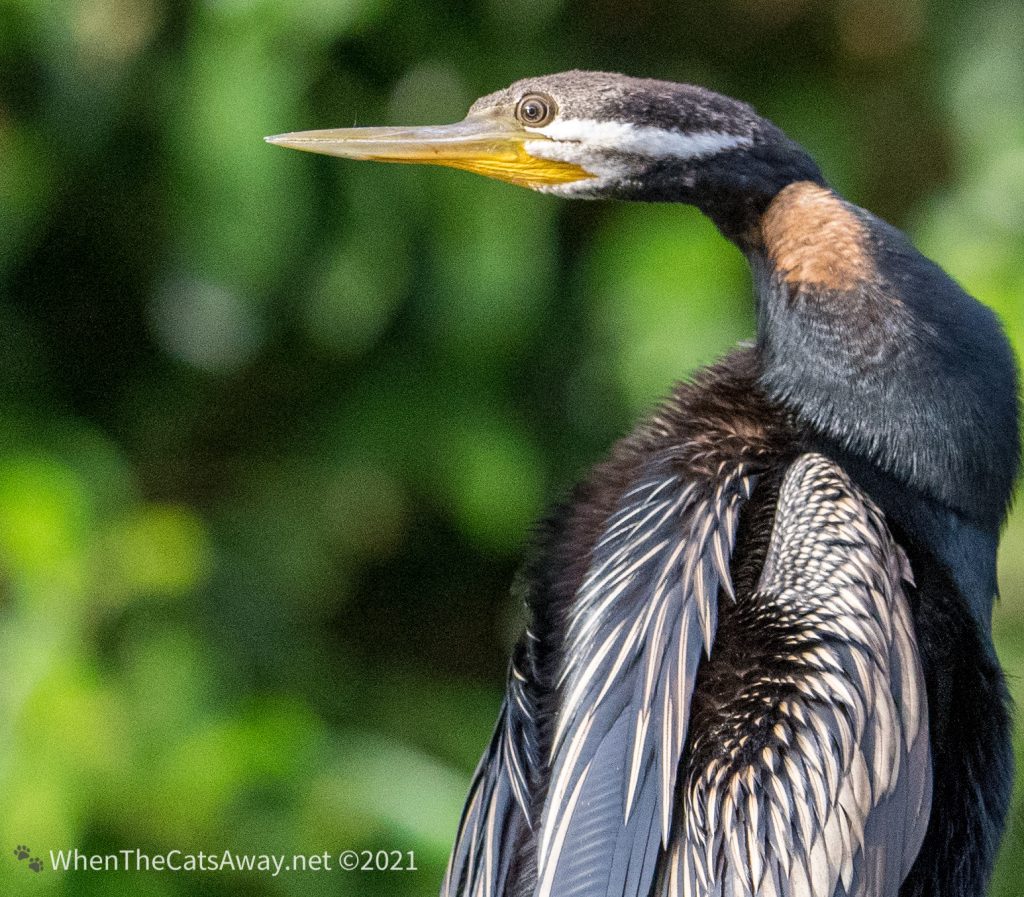
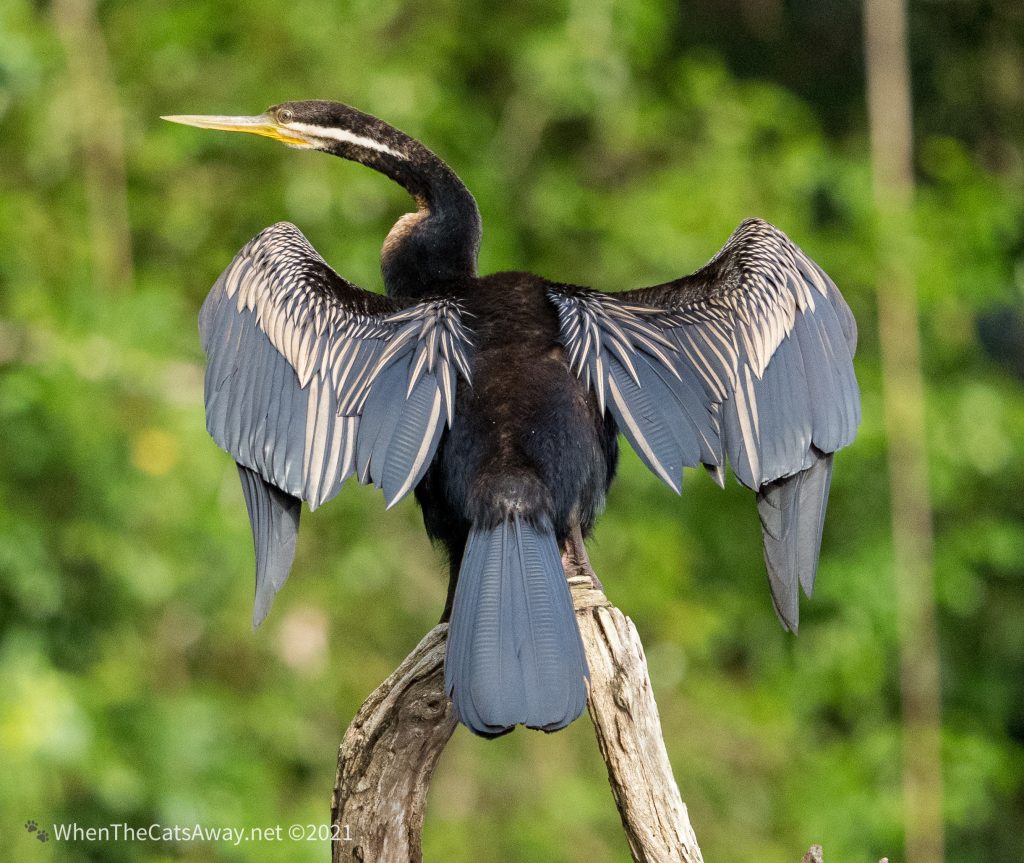
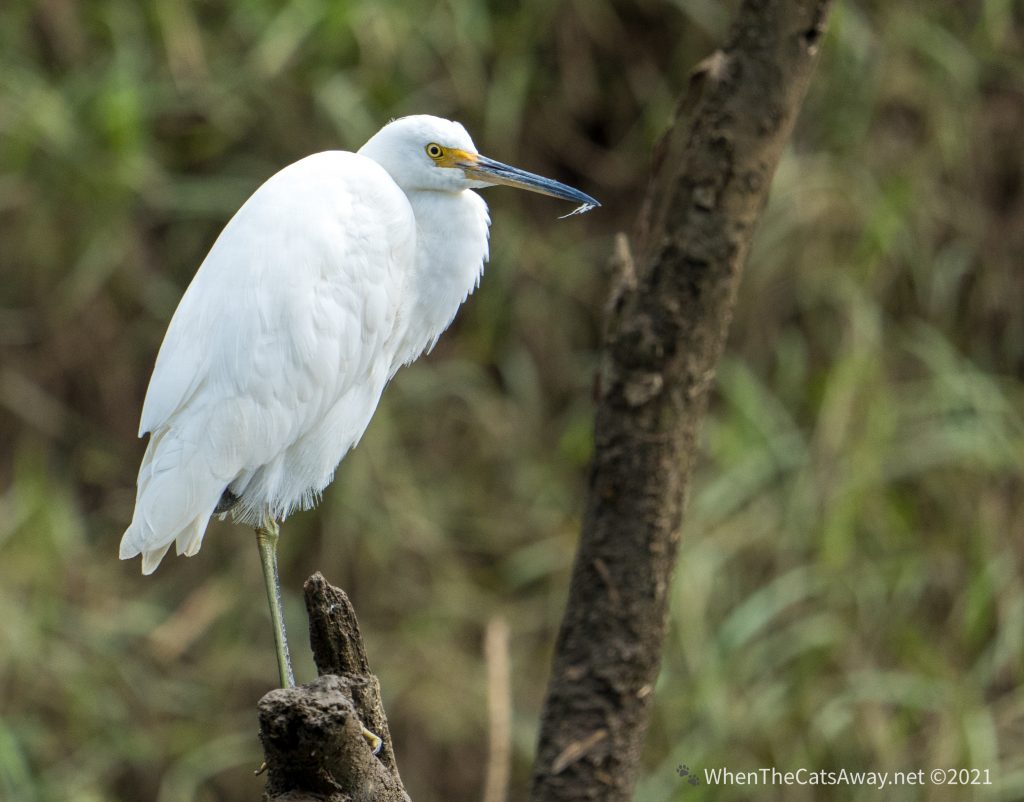
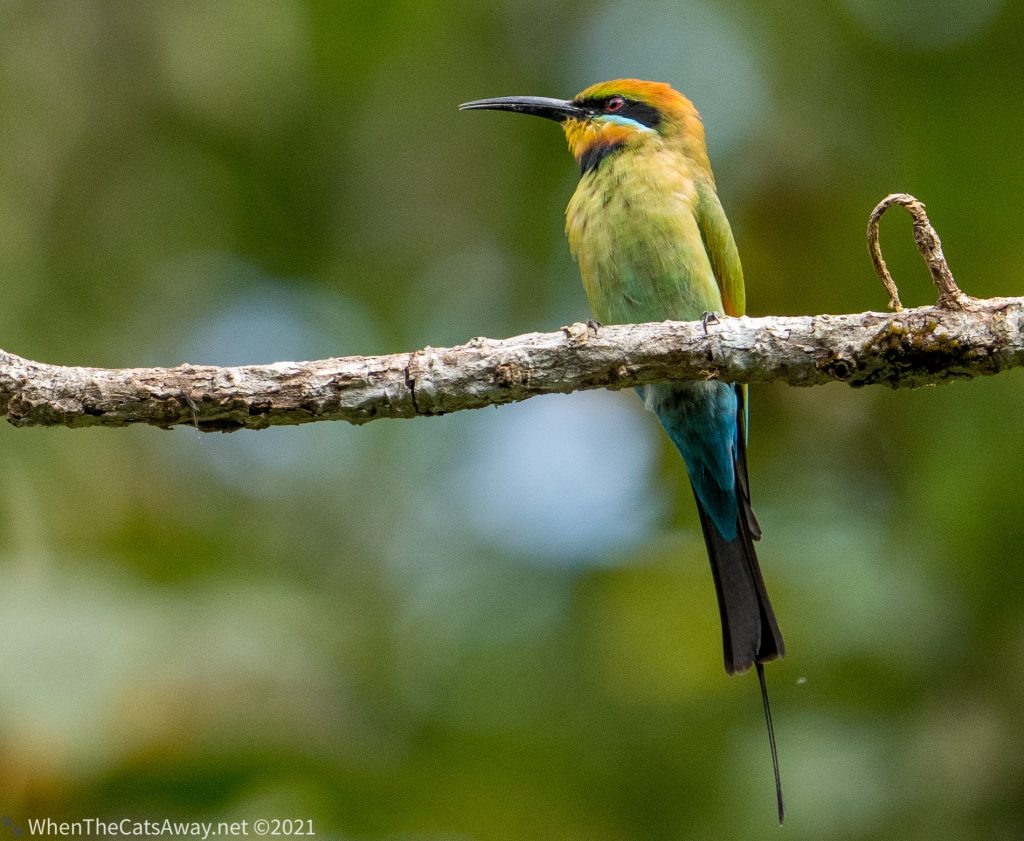
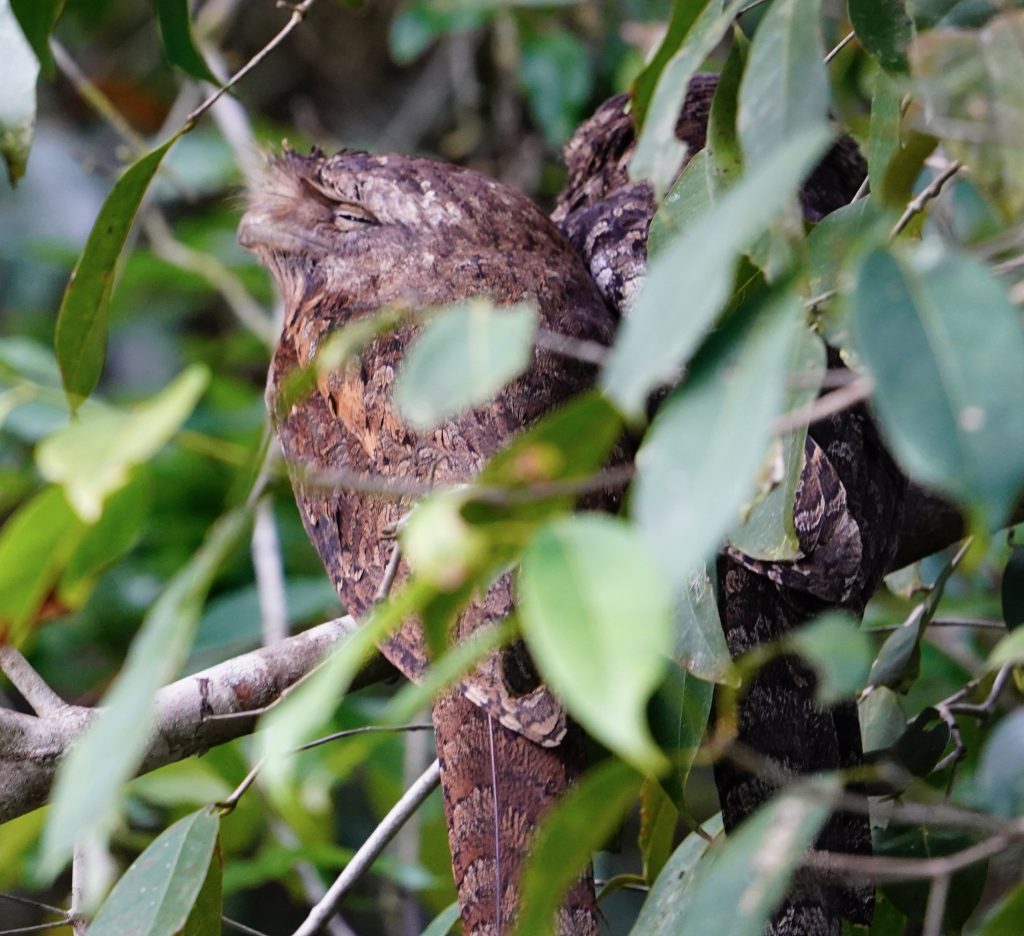
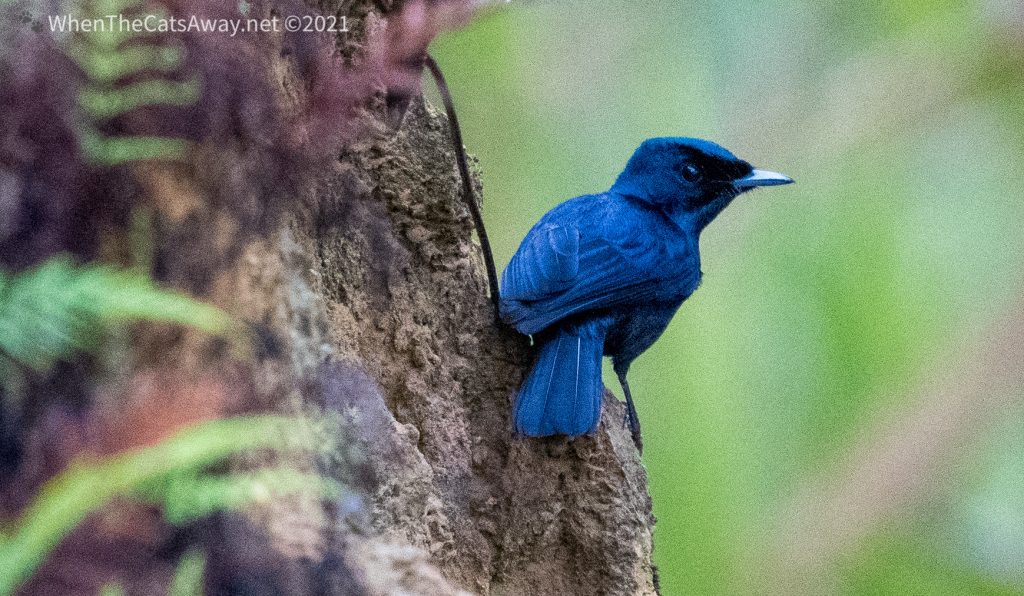
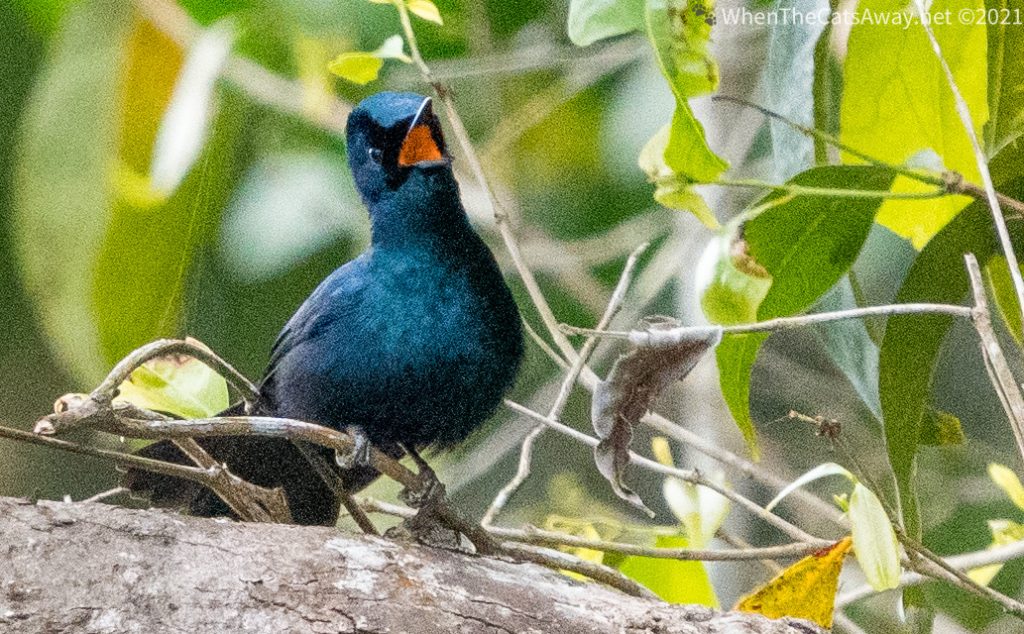
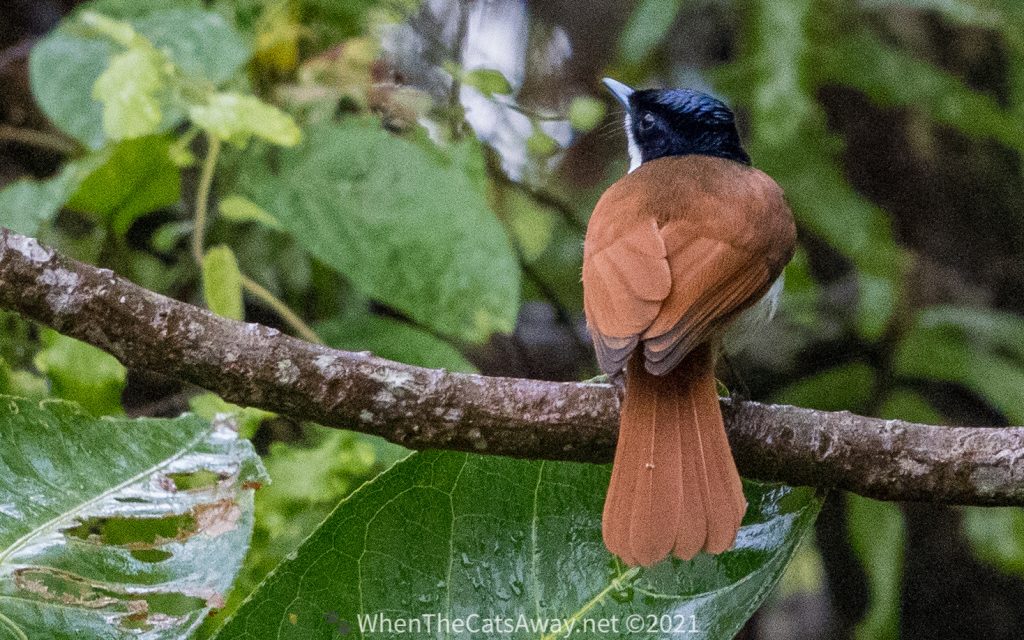
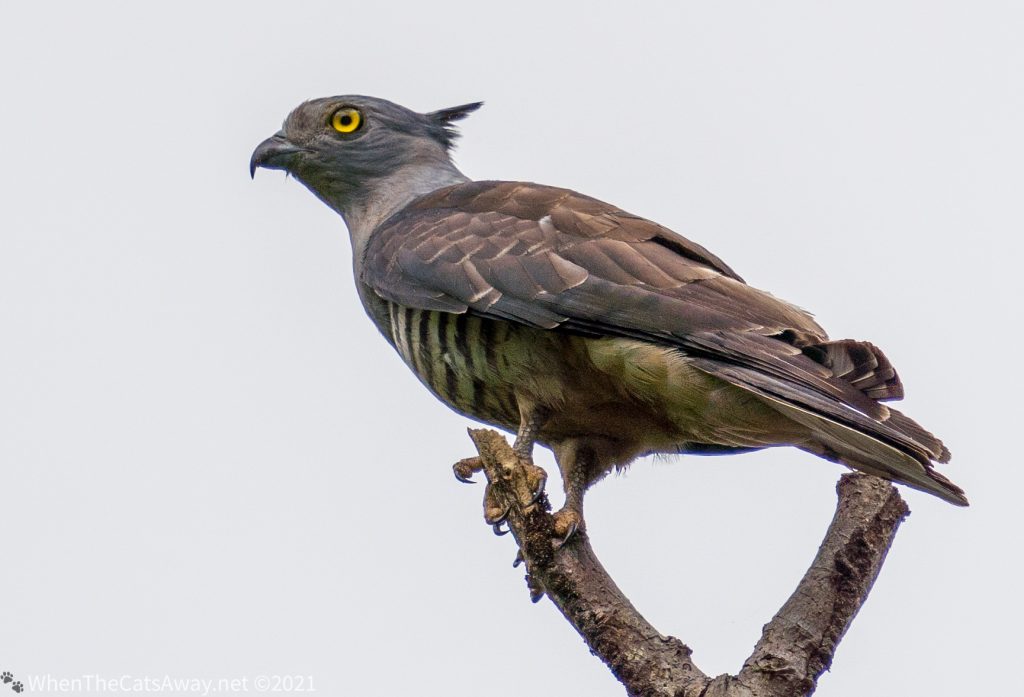
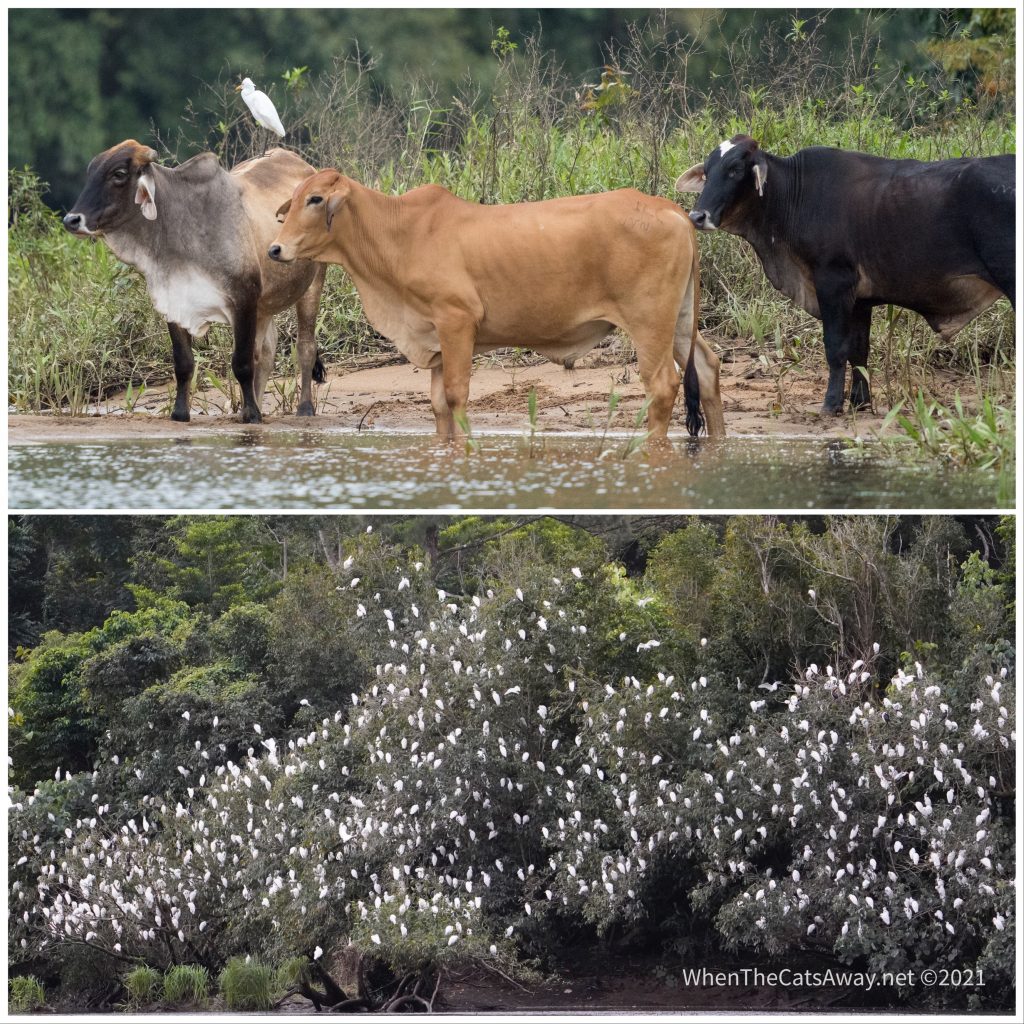
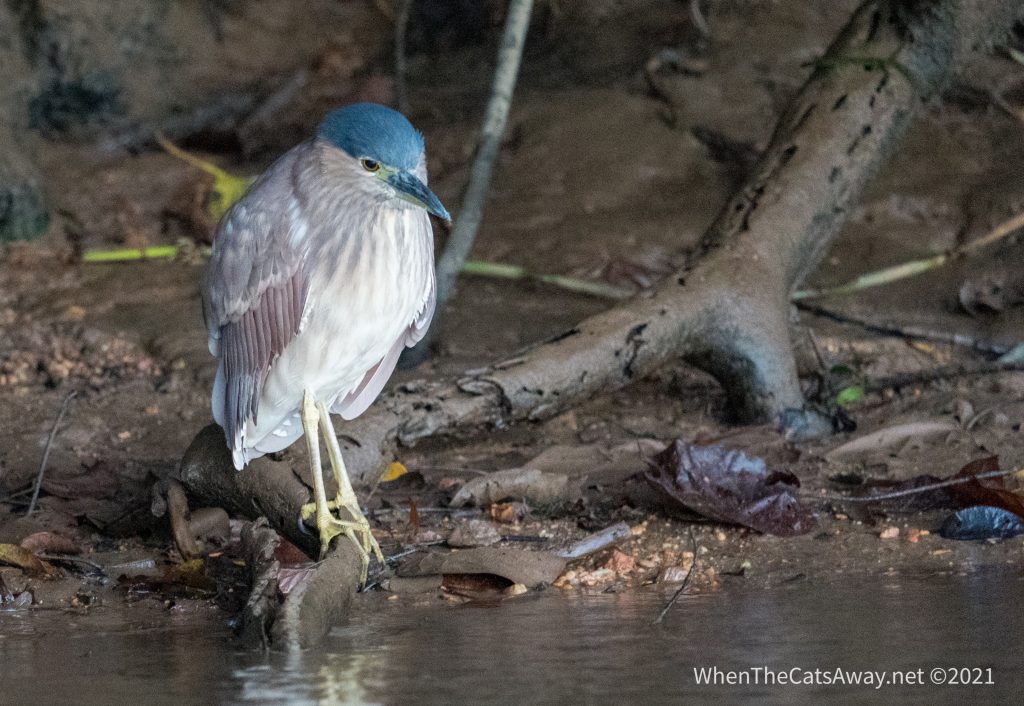
We saw several types of kingfisher on our trips.
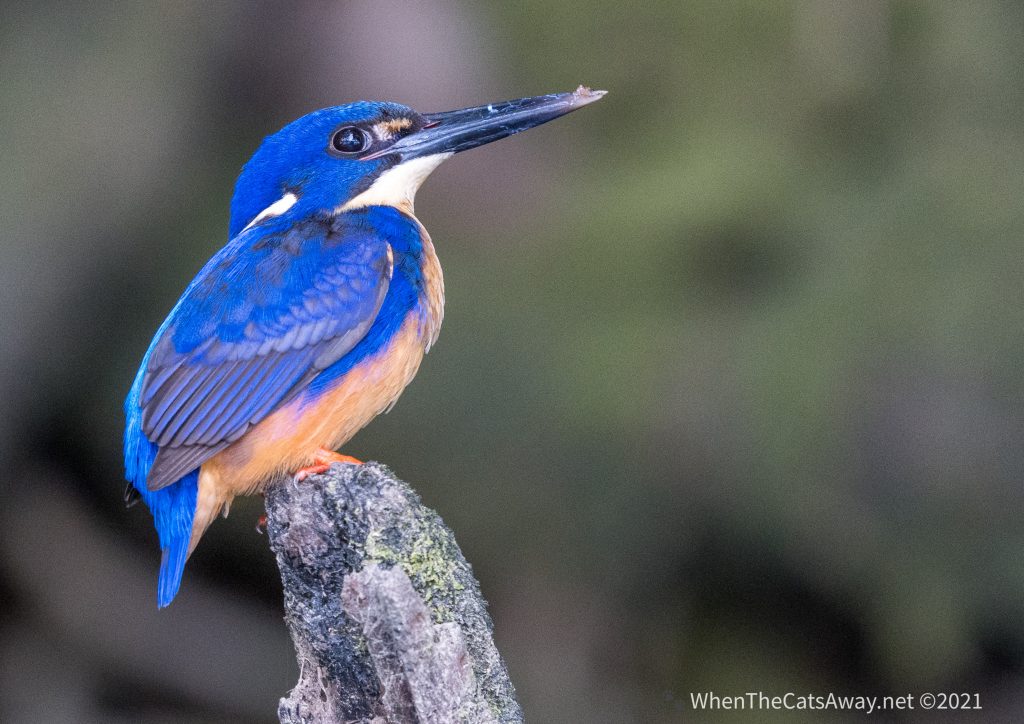
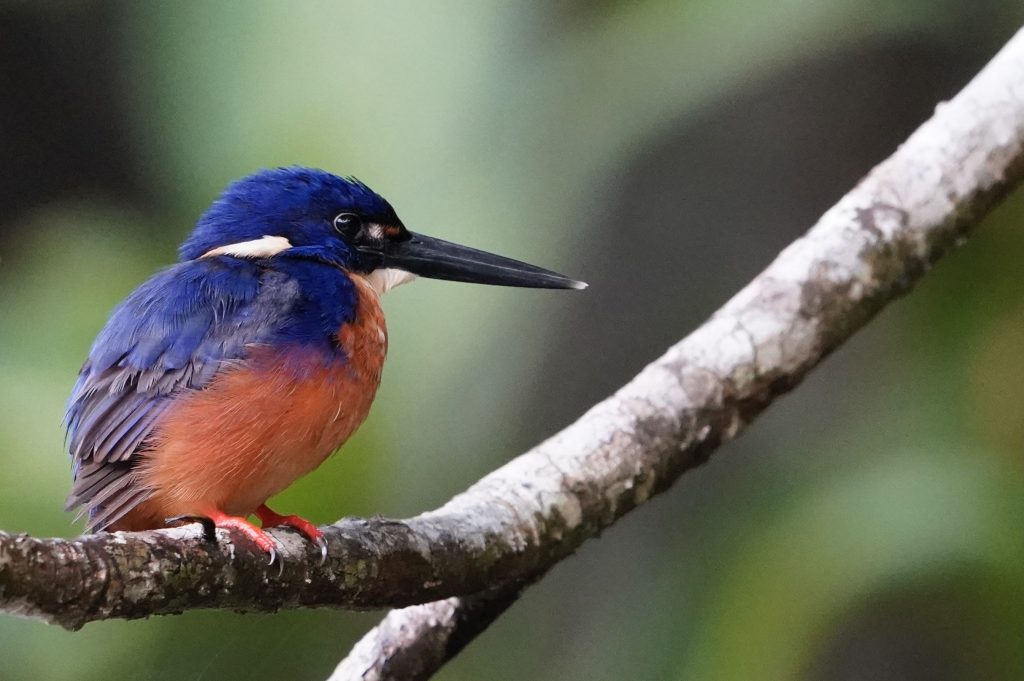
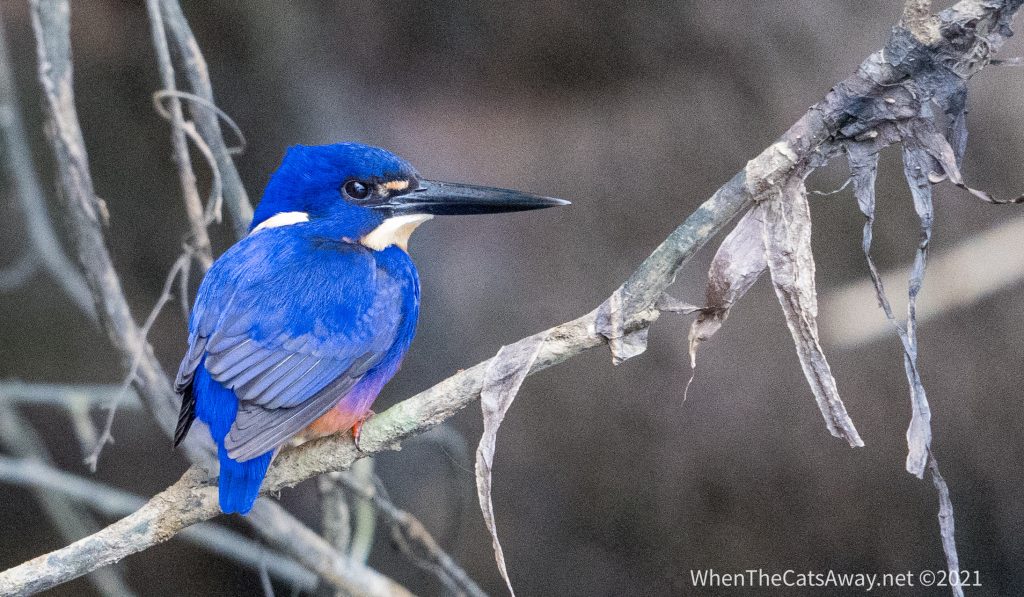
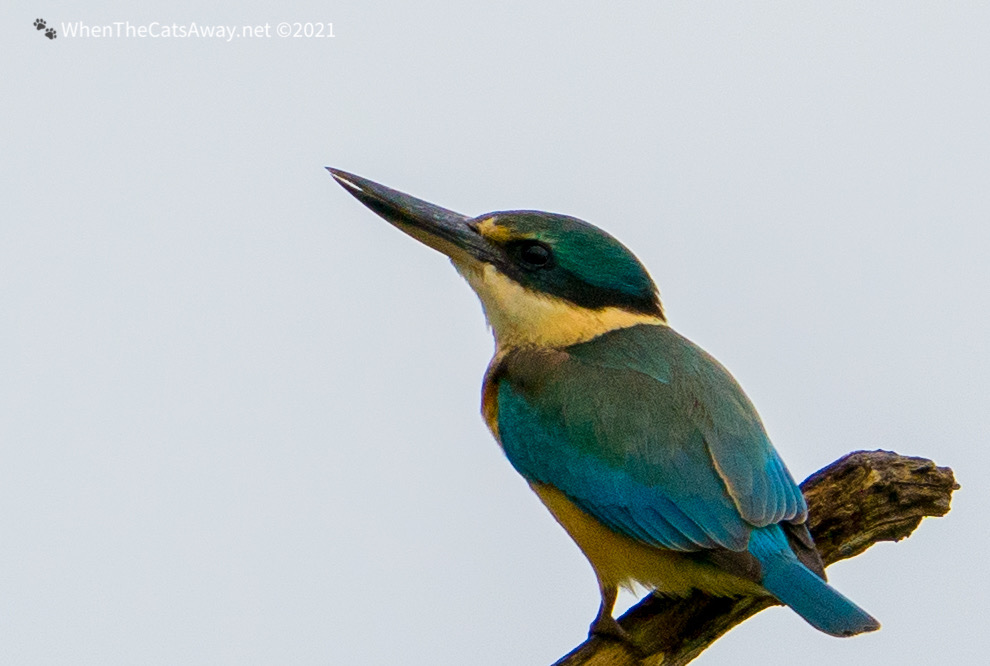
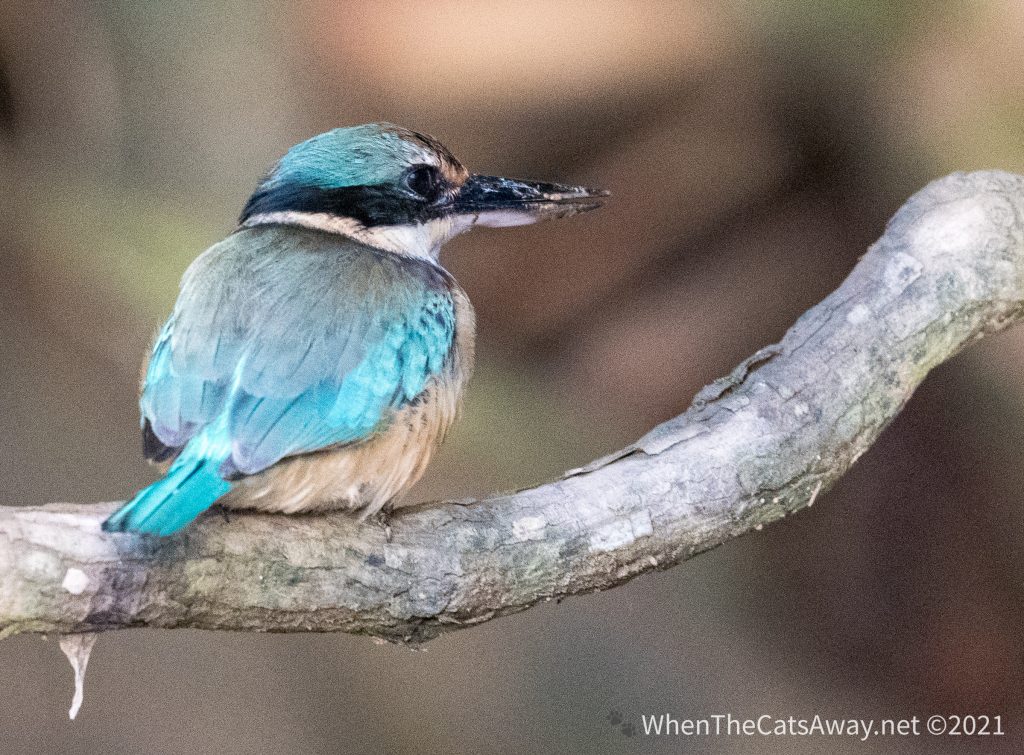
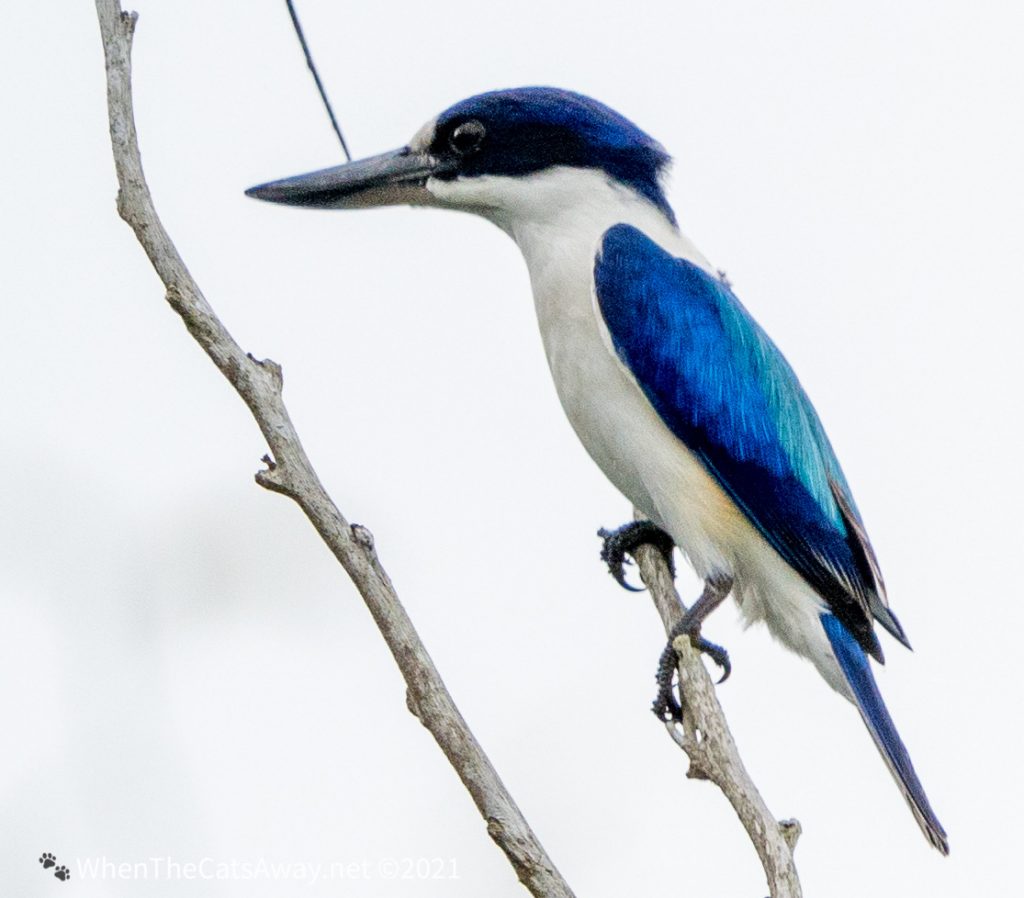
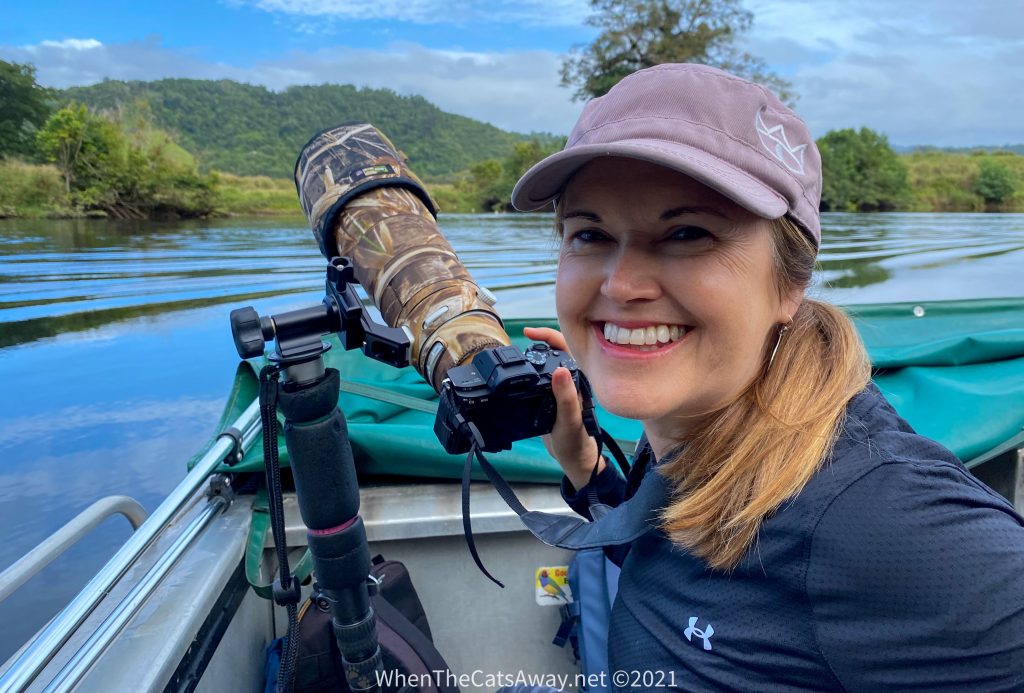
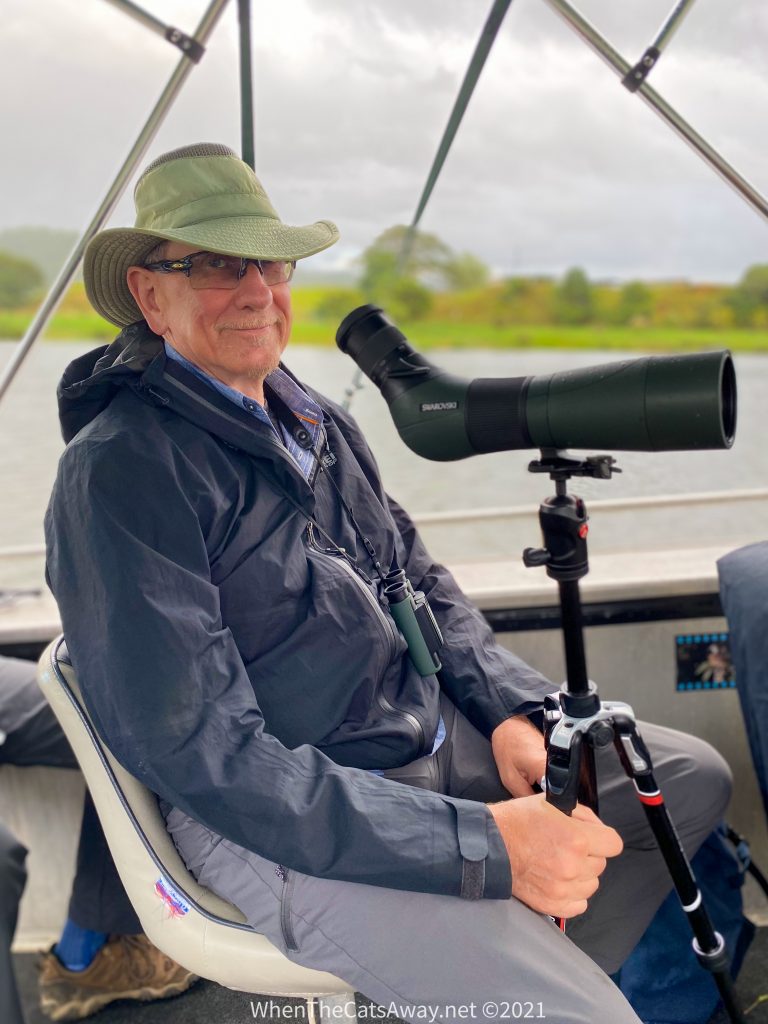
We were mostly interested to see the birdlife, but looking at crocodiles (from the safety of our metal hulled boat!) was as always a sobering moment. We are seeing a species that looks largely the same as it did in the fossil record of 200 million years ago. I was left wondering why they haven’t changed that much, when homo sapiens has taken 200,000 years to evolve into a species capable of reaching the stars, and destroying the world that created us. New research in the UK (how come they know anything about crocs?) concludes that it’s because they arrived at a body state (big and mean?) that is both so efficient and versatile that they don’t need to diversify to survive. For instance, they can live for a year without a feed! They survived the meteor impact that snuffed out the rest of the dinosaurs. Crocs are crafty for sure. Just check these eyes out and tell me there’s not a frightening level of cunning there.
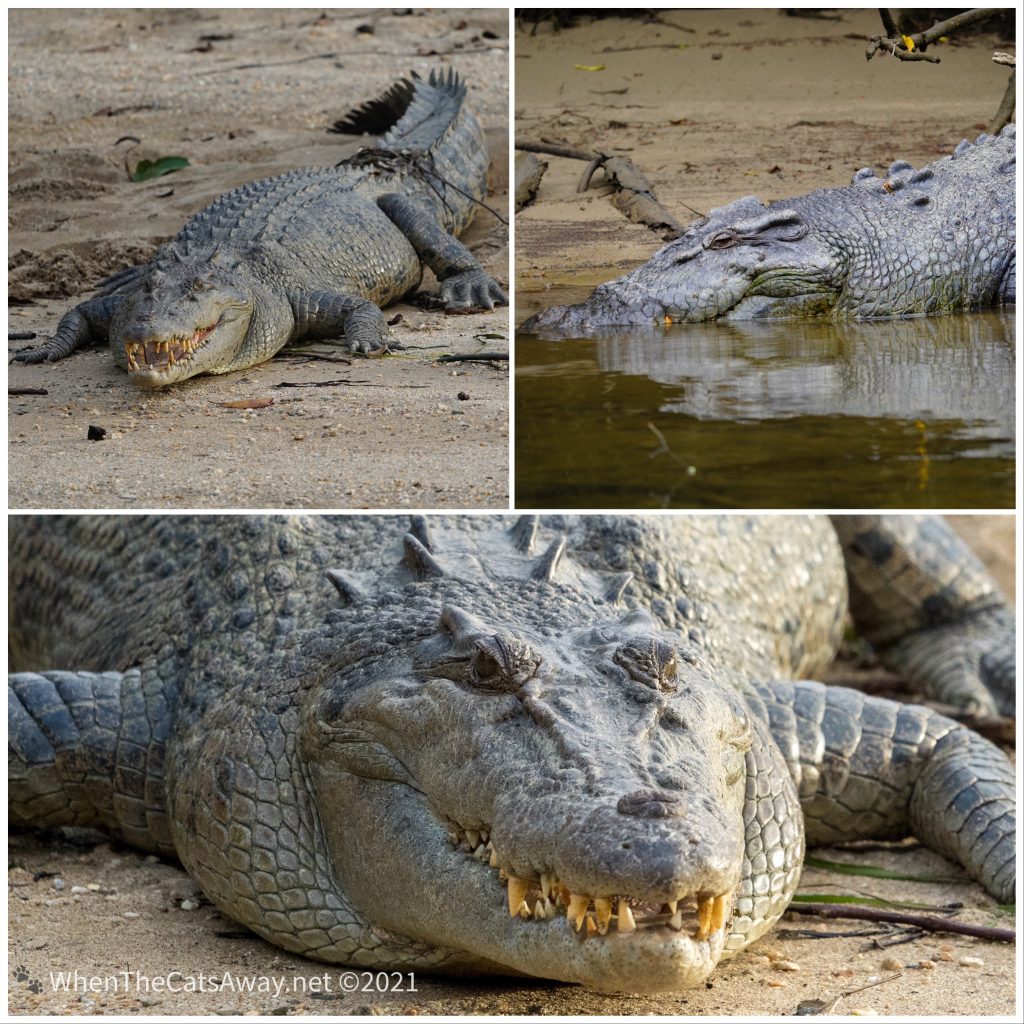
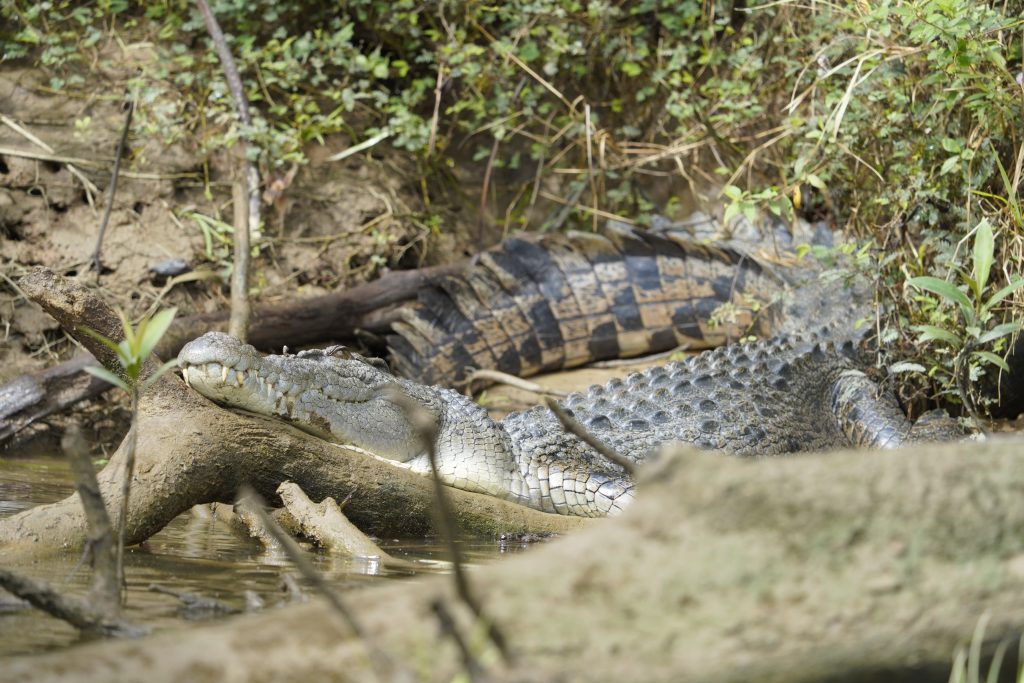
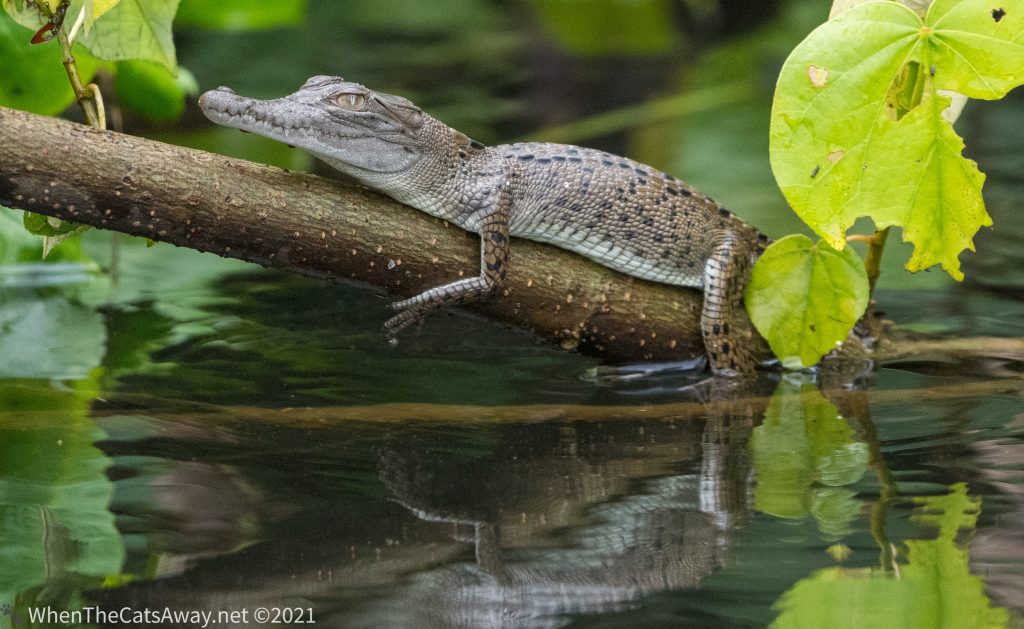
While looking out for scaly creatures we even spotted a couple of snakes on our trips:
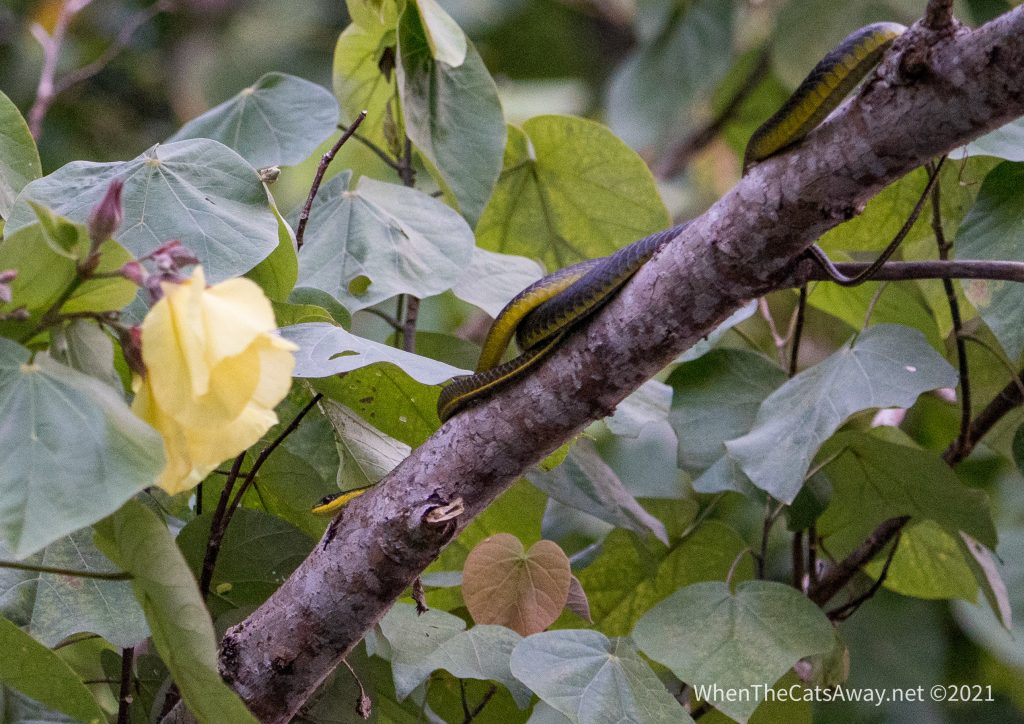
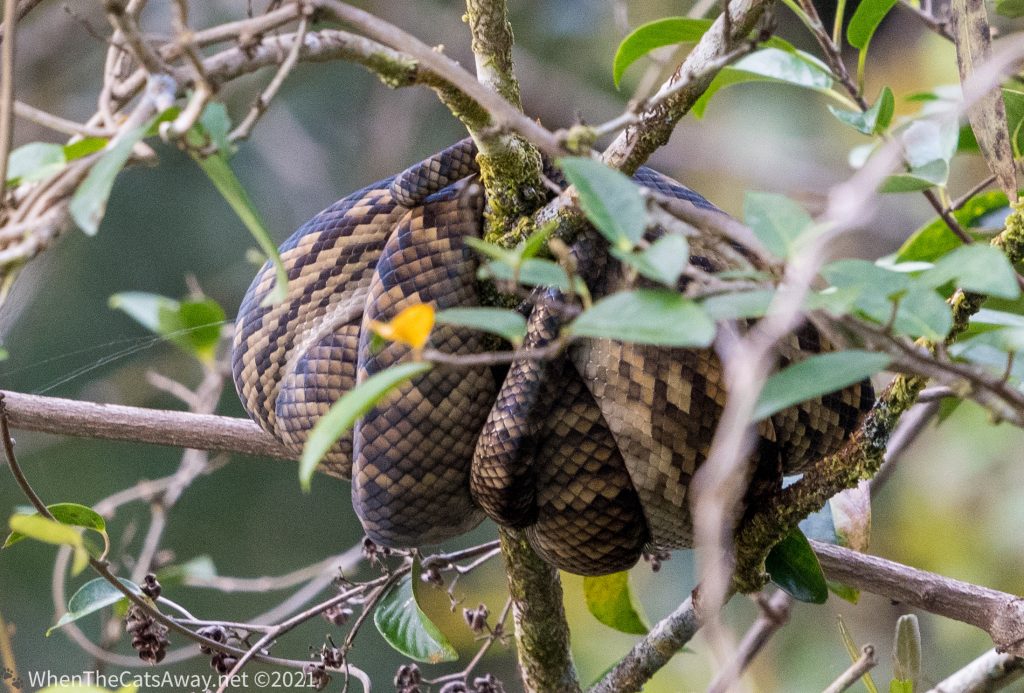
Our days are spent taking drives in between river tours. We only spent a day and a half here last time, so didn’t really appreciate that there is actually nowhere you can walk. The rainforest is so dense, and the terrain so steep, other than the few tracks that wind along the valley, there is literally nowhere else to go other than the river. On one of these drives we spotted this stately looking specimen of a sea eagle.
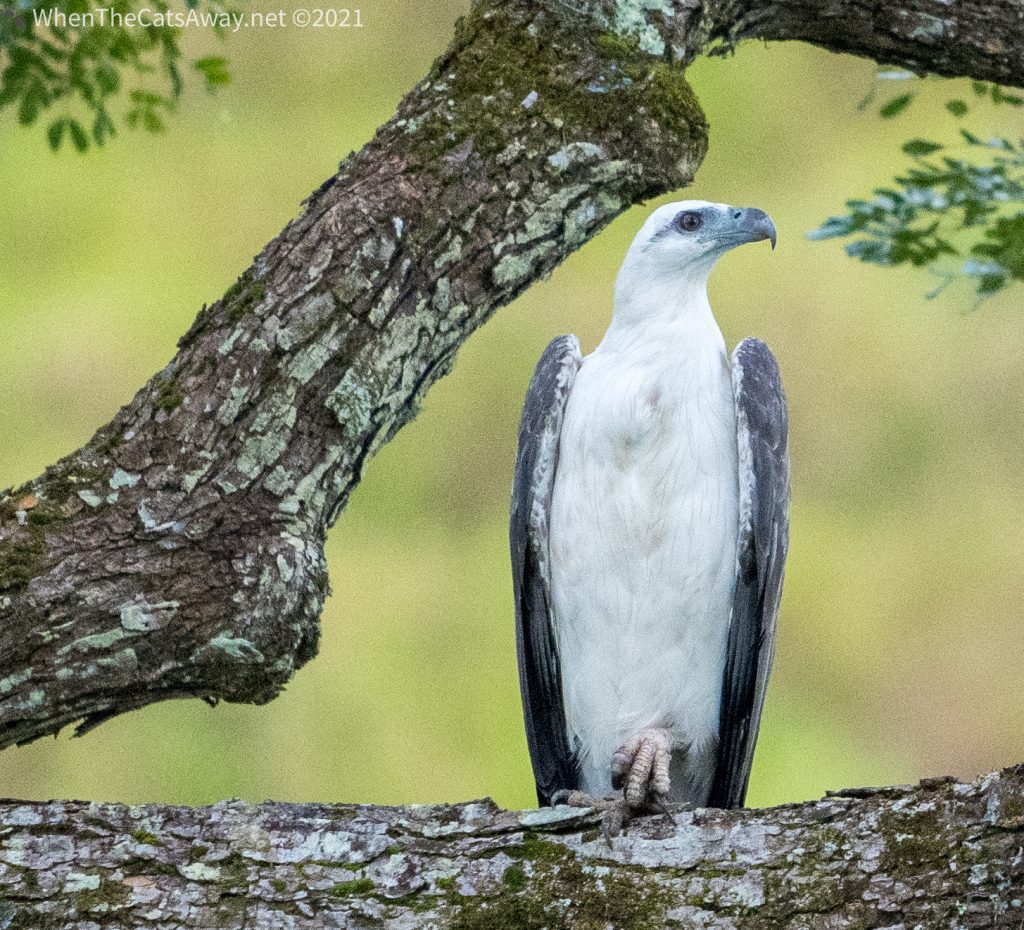
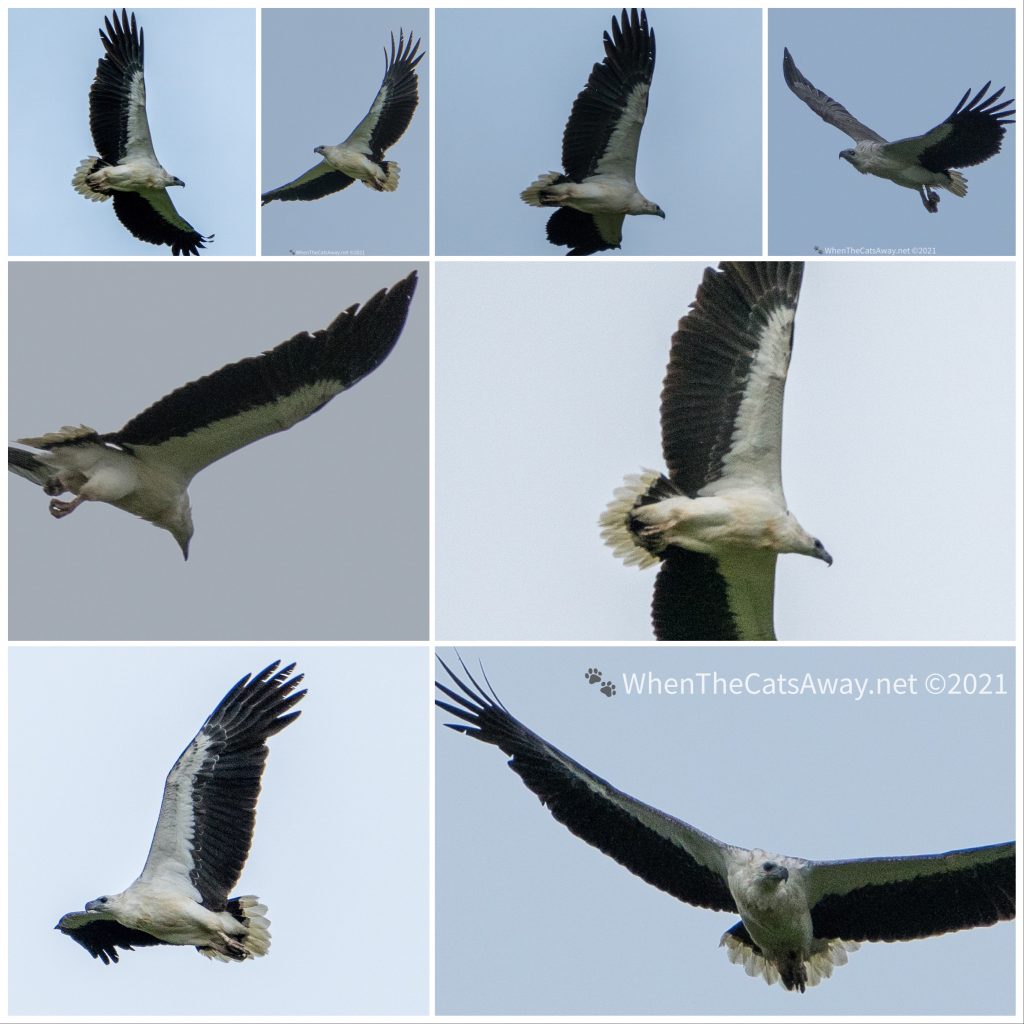
And up a short track several nervous looking birds including this Green Oriole. They’re not often seen but their calls echo through the valley (listen here).
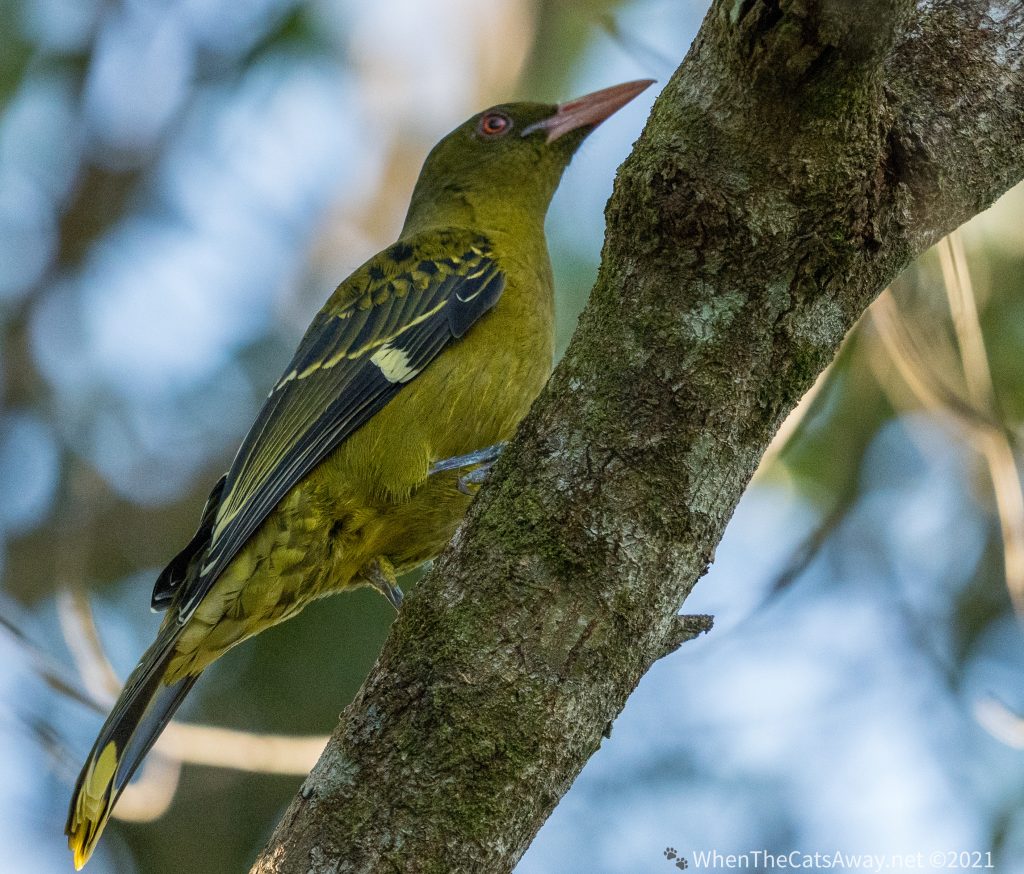
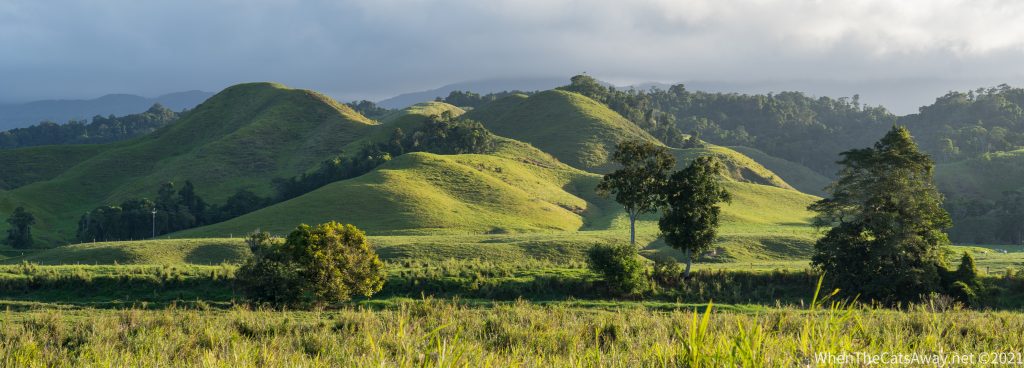
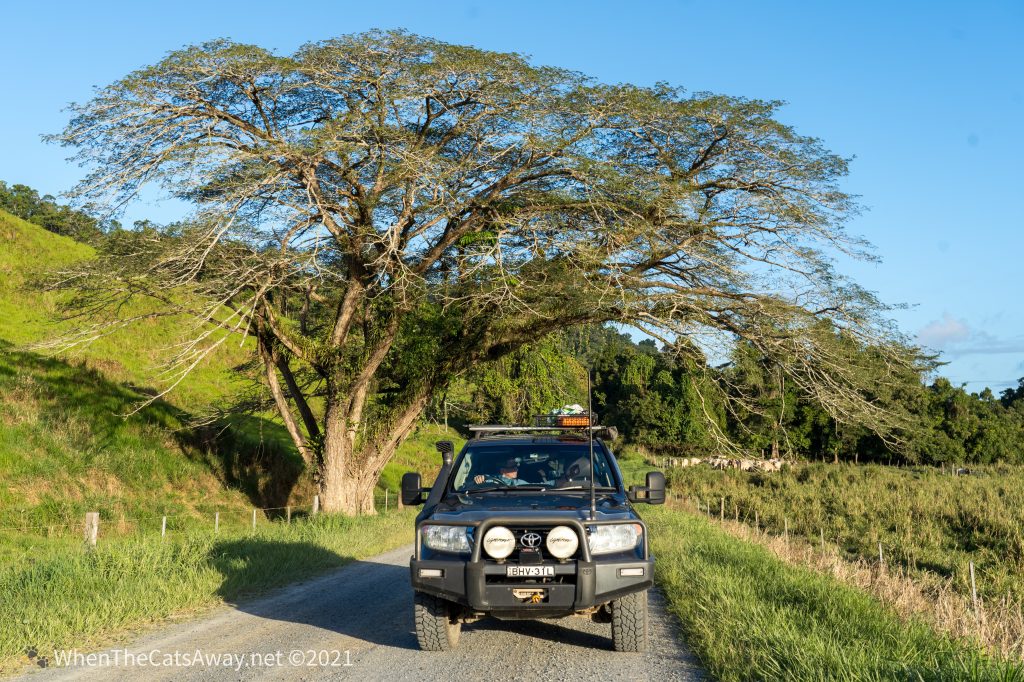
Even around the campground there was a whole range of birdlife. We spent many hours there inside our lovely cosy Zone (listening to the novelty of rain!) just reading, or in Catherine’s case, editing what I think are these amazing photos. So she does really appreciate your feedback on them. They will be such a wonderful historical record for us in the future – when we are in a different hemisphere. If you follow us on Facebook you will see we have made a decision to move back to the UK to be closer to family and Europe. Now that as a topic deserves a post (or maybe a novella?) all on it own 🙂
